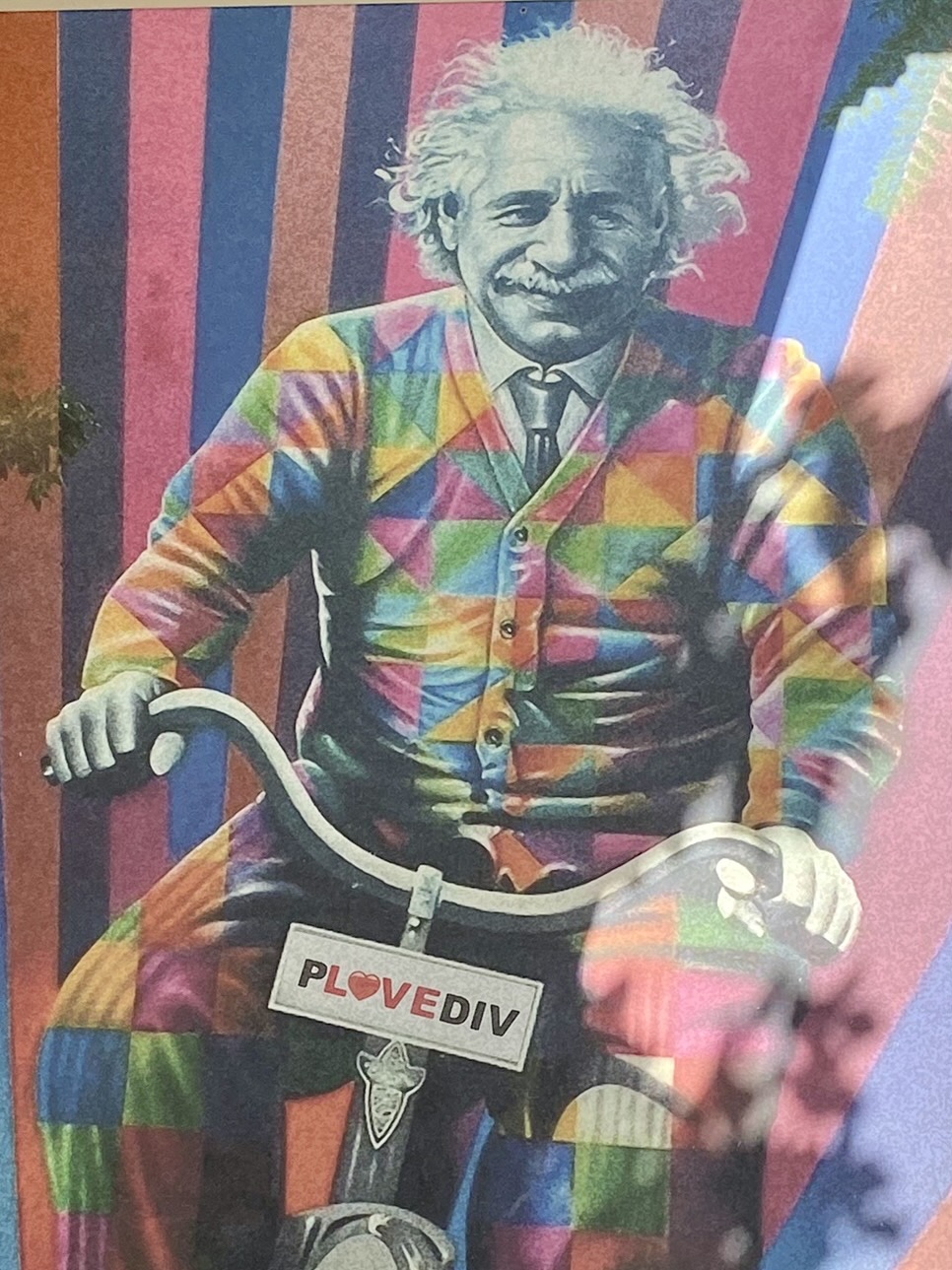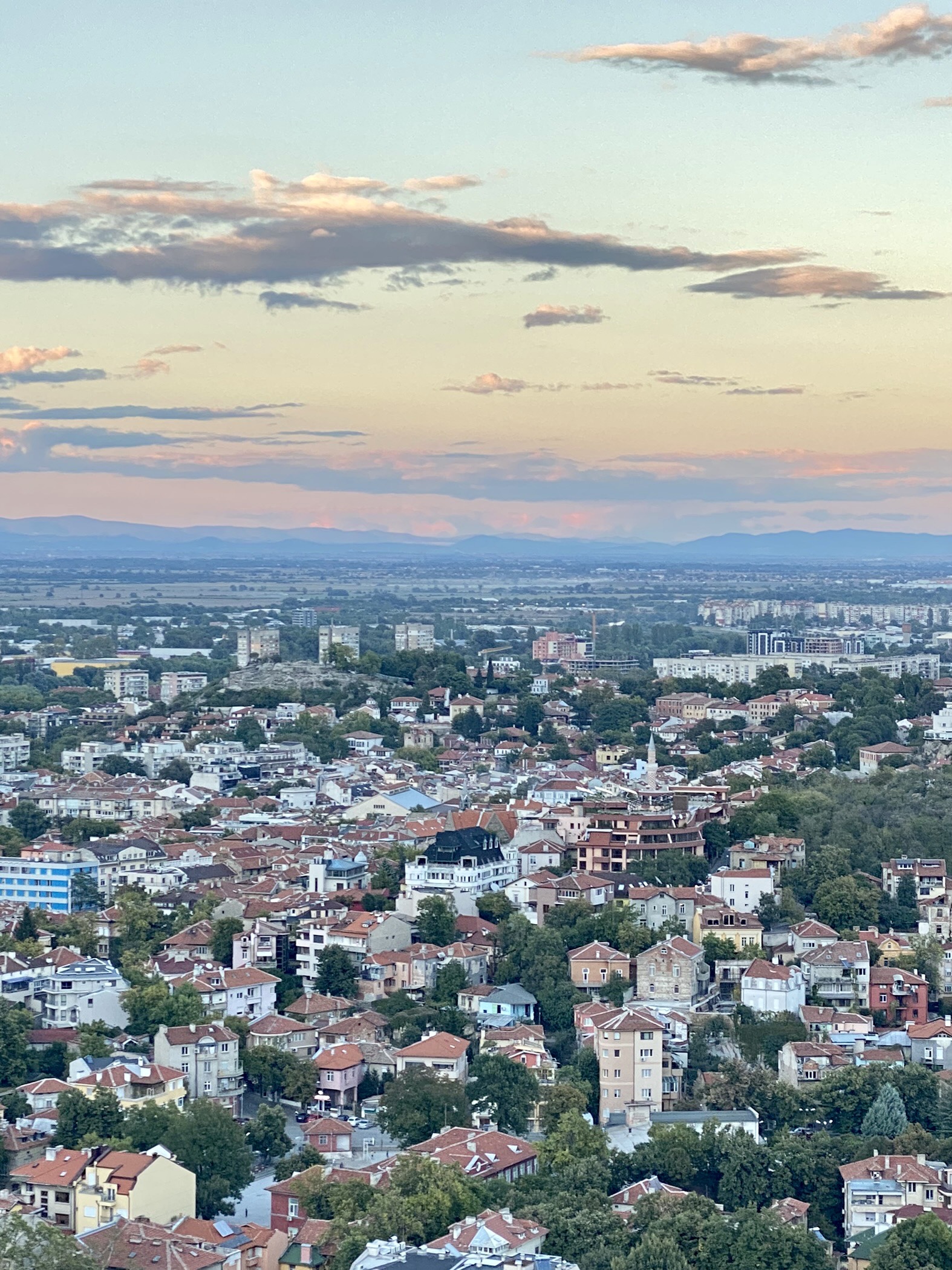
Plovdiv is one of the oldest cities in the world. The Bulgarian historians claim it to be as old as Jericho, with Neolithic settlements found dating back 8,000 years. It is a stopping point on the land route between Rome and Constantinople. It is the cultural center for what is now the nation of Bulgaria, and thus shares the complicated history of the various conquerors and settlers of the region. Cultural artifacts still remain from the Thracians, ancient Macedonians, the Roman Empire (west and east), Greeks, and others. Plovdiv remained a part of the greater Ottoman Empire until 1885 when it was unified with the remainder of independent Bulgaria. The city has also been known by many names over time, and was founded as Philippopolis by Philip the Great, the father of Alexander the Great.

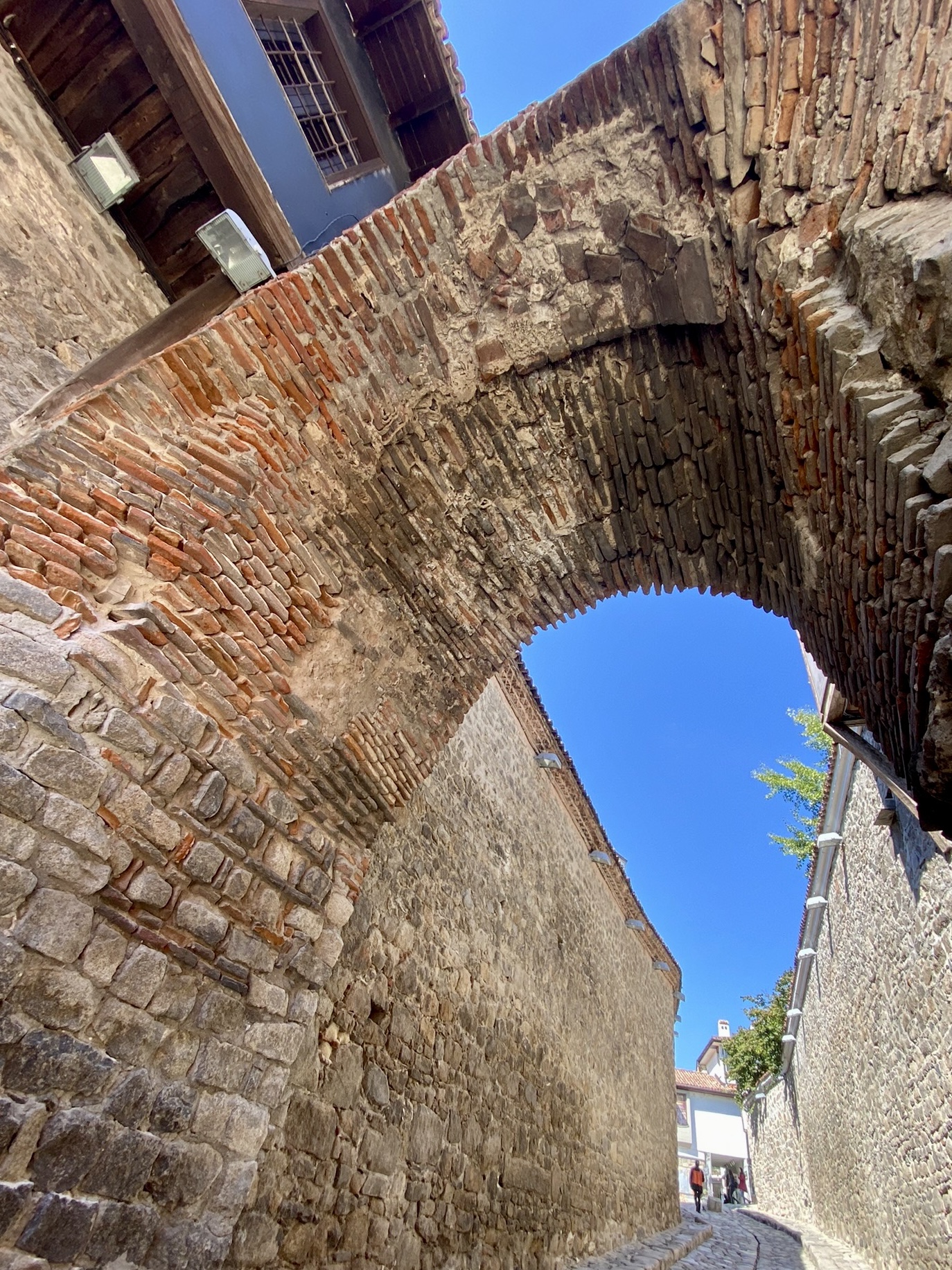
Plovdiv was an EU Capital of Culture in 2019. This award seems to be important to Europeans, as when we were in Maribor, Slovenia, we heard a few people mention that the town was a 2012 EU Capital of Culture. From our perspective, it appears that the city cleans up and puts its best foot forward, and probably gets some funds from the EU to celebrate the local culture. Both Maribor and Plovdiv are certainly cultural cities!
What we saw was a large Instagrammable sign for Plovdiv 2019. In addition, signs are everywhere around the city that it was voted as Europe’s best city, most cultural city or romantic city.
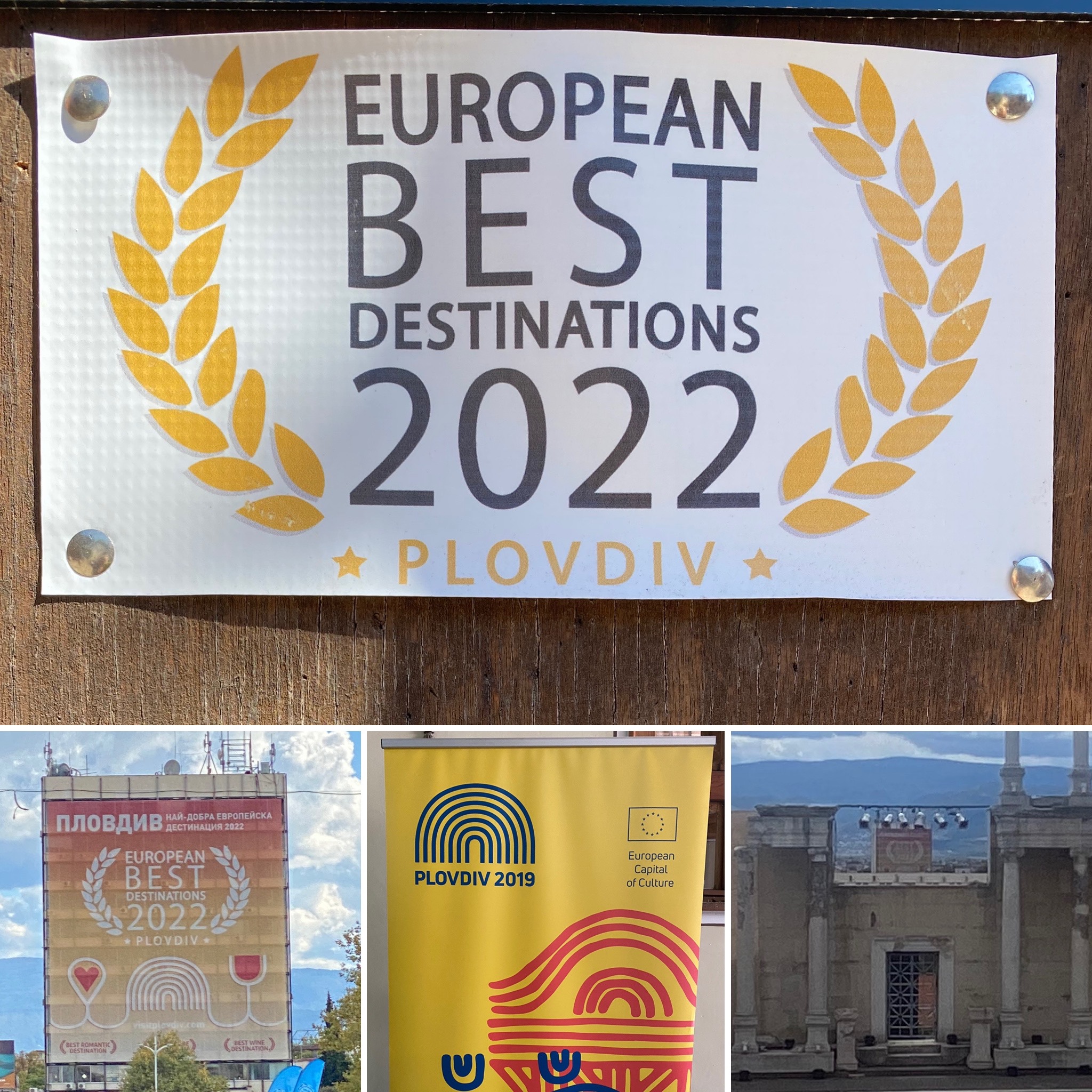
These investments appear to have been opportunities for Plovdiv to improve some rundown areas, and host hundreds of cultural events. There is a bustling tourism scene and there is much for tourists to see!
We arrived in Plovdiv bronzed and so relaxed that it was a challenge for me to get into city exploration mode. We were a little slow in the mornings which gave us less daytime hours to experience this city which is so rich in culture and history. But we still were able to explore plenty.
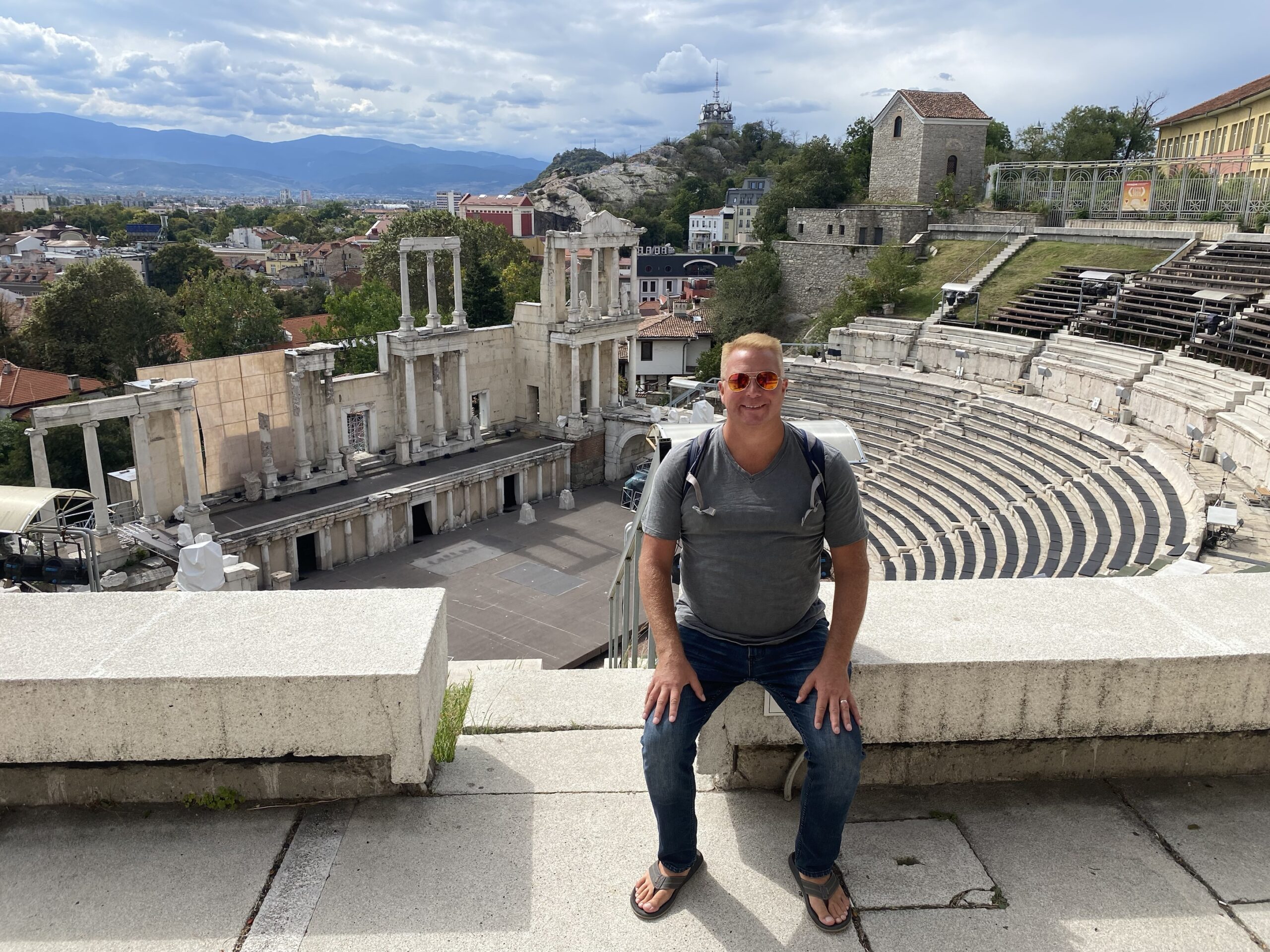
There is so much to do here that you can trip on a cobblestone and land inside a museum. We spent four nights and three full days taking in as much as possible. Here are the highlights:
The hotel (Roots Hotel)
We’ve met so many nice people on our travels and Mitko, the owner of Roots Hotel, was one of the most accommodating hosts. He provided excellent recommendations for sights, restaurants, and navigating the city on foot. We had a fantastic experience because of his recommendations.
Our room was large and had a comfy bed. It included a freshly-prepared gourmet breakfast every morning. Mitko’s winebar is currently closed but he still has an outstanding wine collection, including many local options, and offers an inexpensive but delicious Bulgarian house wine. The only complaint we had was it was easy to hear noise from the rest of the hotel. At one point we heard what sounded just like a pin dropping in the hallway, which really made us chuckle. Fortunately the hotel has just a few rooms so this was not often an issue.
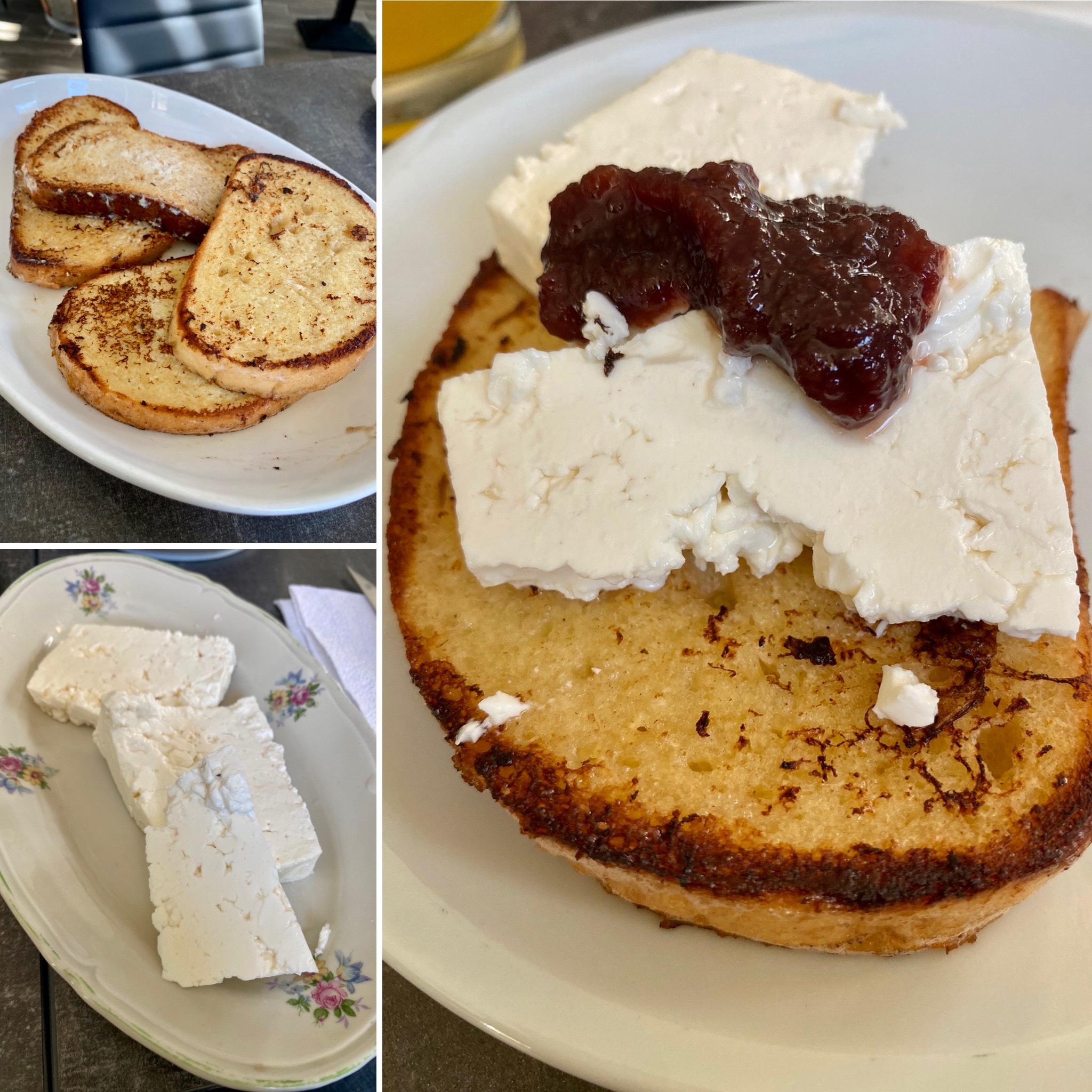
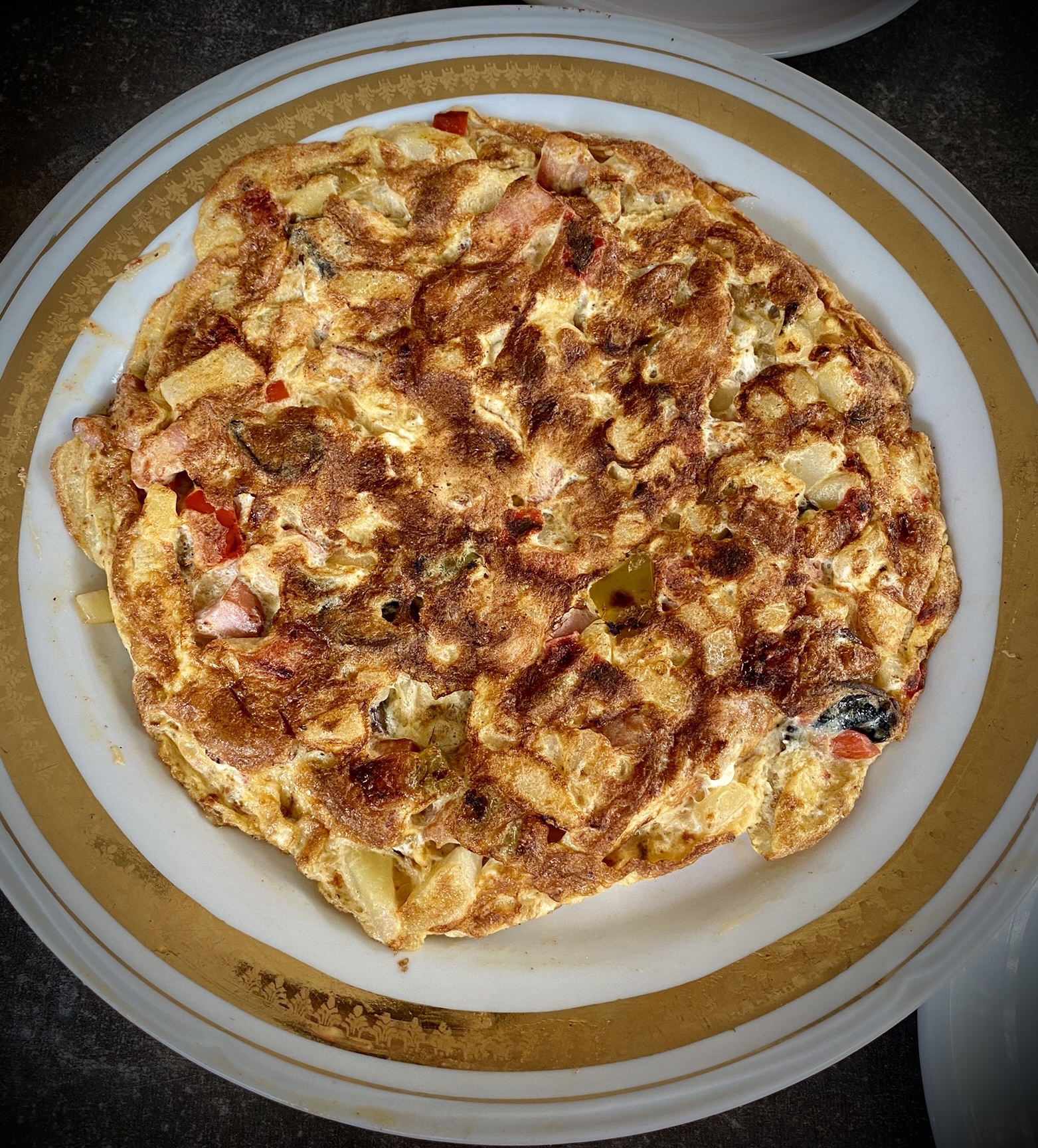
The neighborhoods
Old Town
The oldest portion of Plovdiv is on three hills that had strong defenses from invaders. Structures in the Old Town date back to Roman construction of the 2nd Century, with many walls and buildings built up on top of those. It was just a few steps up from where we were staying.
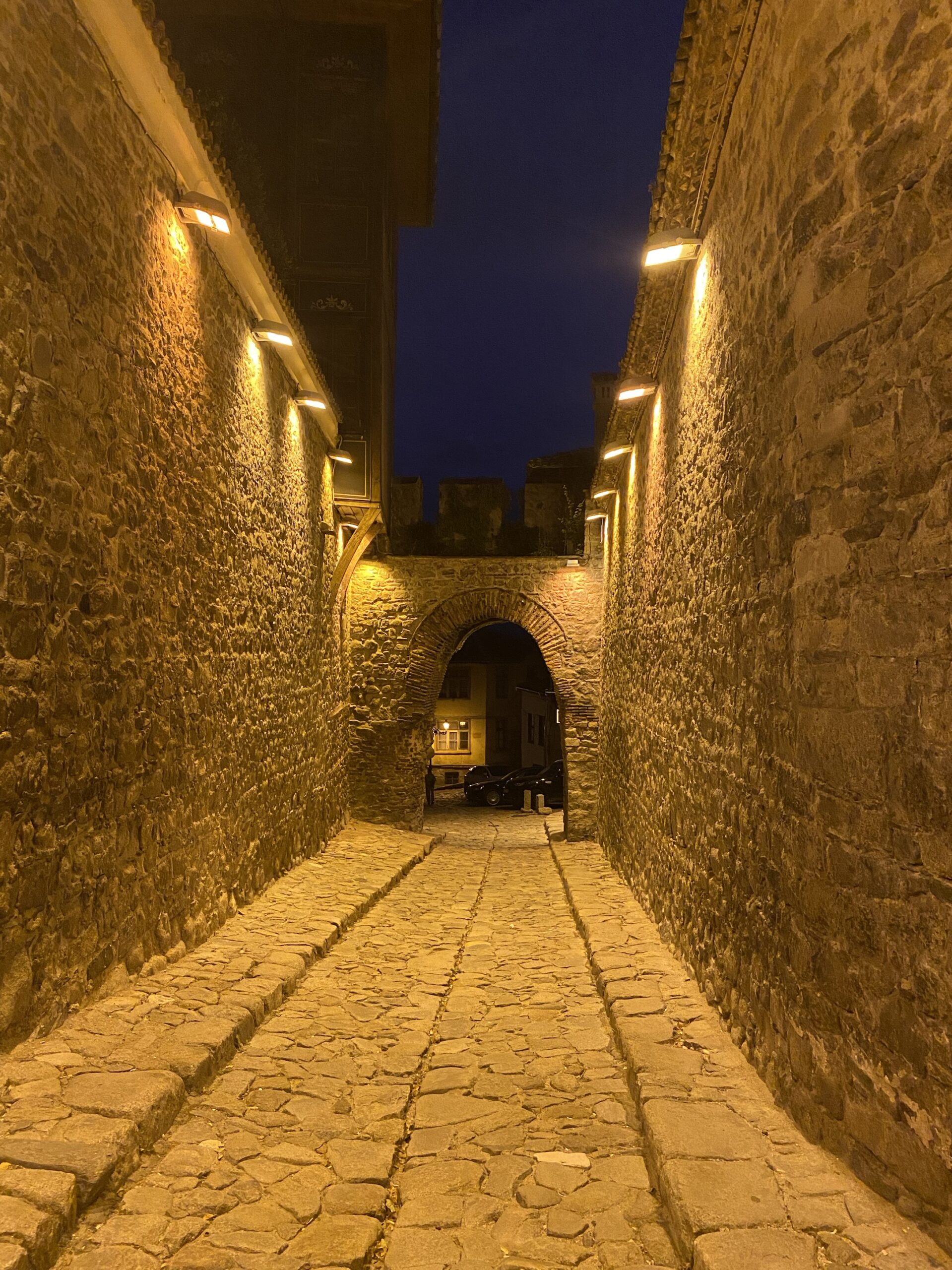
The narrow winding cobblestone streets are filled with museums, including a number of museums in houses from the 1800’s that provide a glimpse of wealthy Bulgarian life from that time.
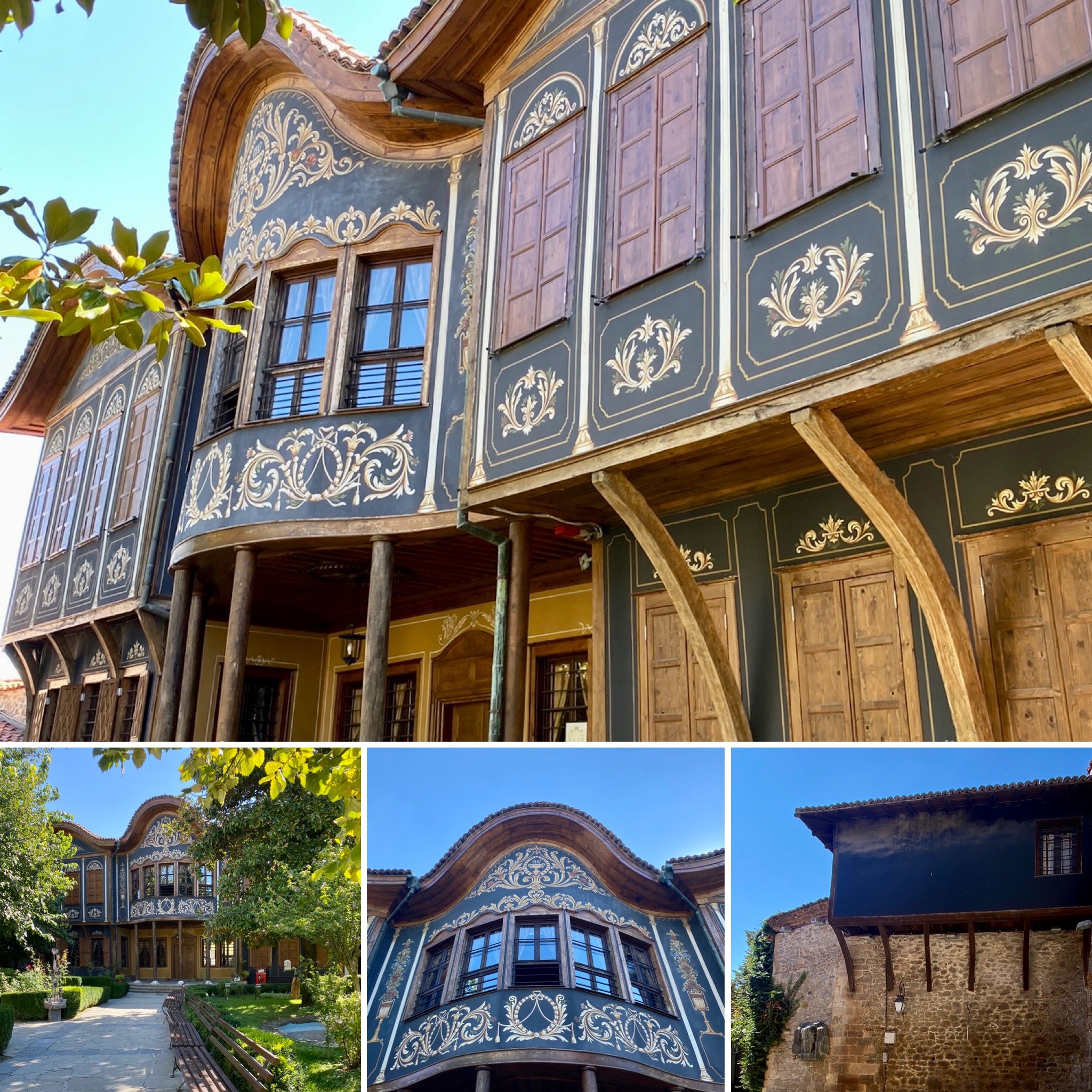
Mansions line some of the roads and we toured three of them. The most impressive one to us was the Hindliyan House. It was built in 1835. It has beautiful wood work and landscape paintings on the walls, and also has some of the original plumbing! The house had hot and cold running water and a large bath, as well as a fountain that poured rosewater to the occupants and guests.
Across a shared courtyard is the Balabanov House. It was a Bosphorus-style house that was also owned by a wealthy merchant. The original actually decayed and was torn down in 1935, but was rebuilt in the 1970s using the architect records. On the outside, the mansions are nicely decorated but do not appear to be anything special, but once inside, the interiors really wow with their size and opulence. Balabanov also acts as a contemporary art gallery, which creates an interesting juxtaposition with the classical decor and antique furniture.
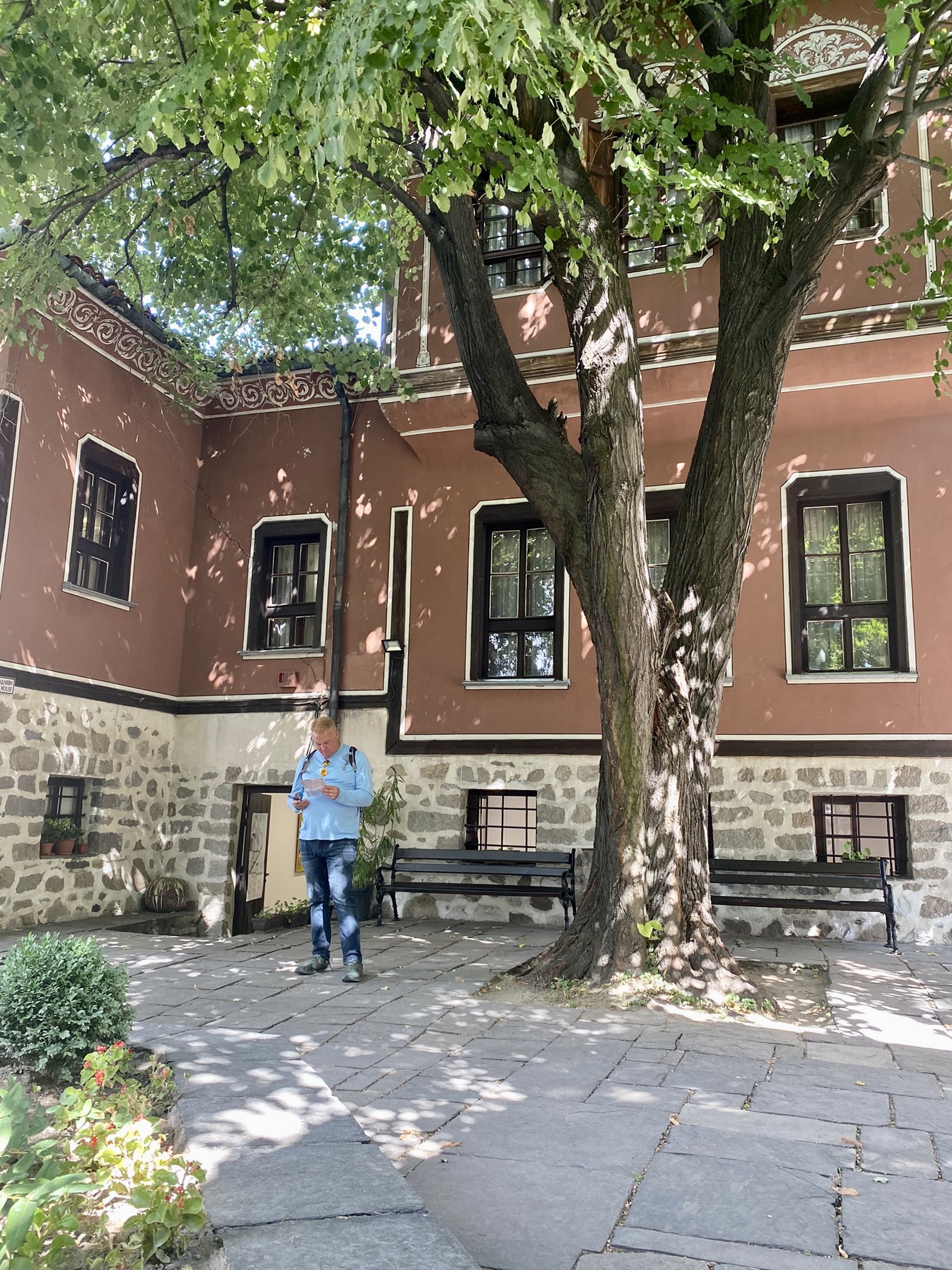
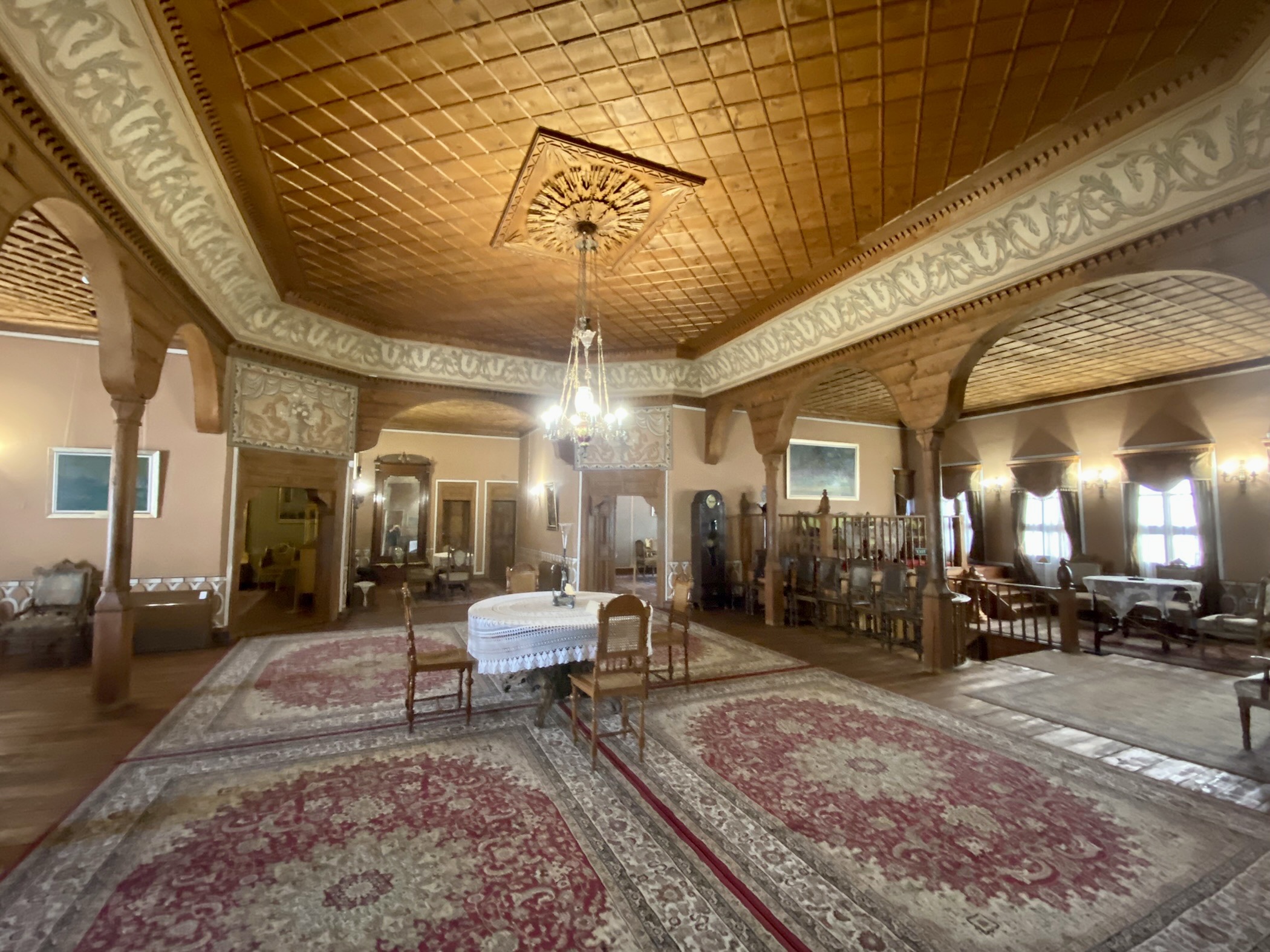
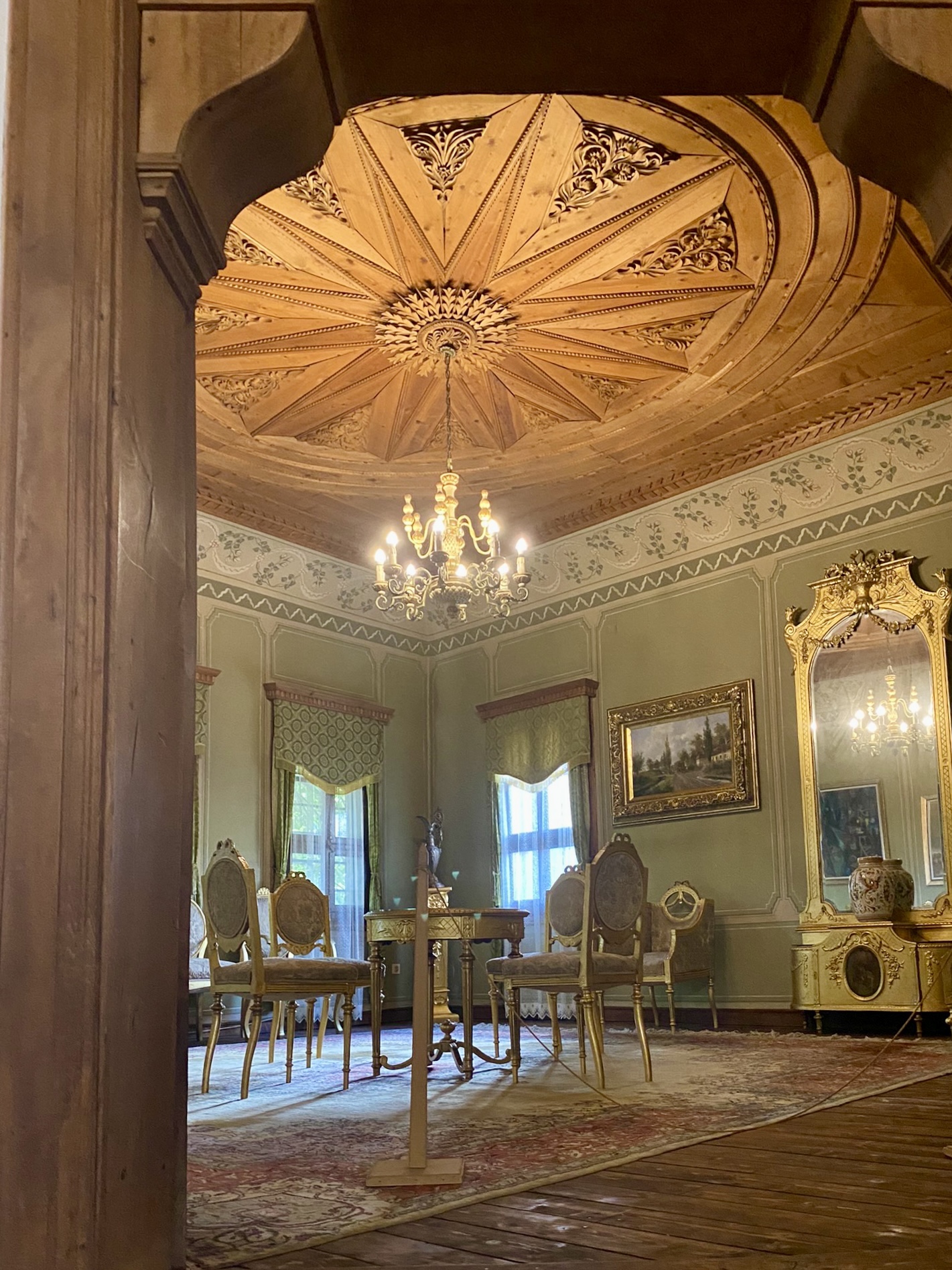
The other mansion, Klianti House, stated that we could not take photographs so I do not have any pictures of the lavish restoration and frescos from that tour.
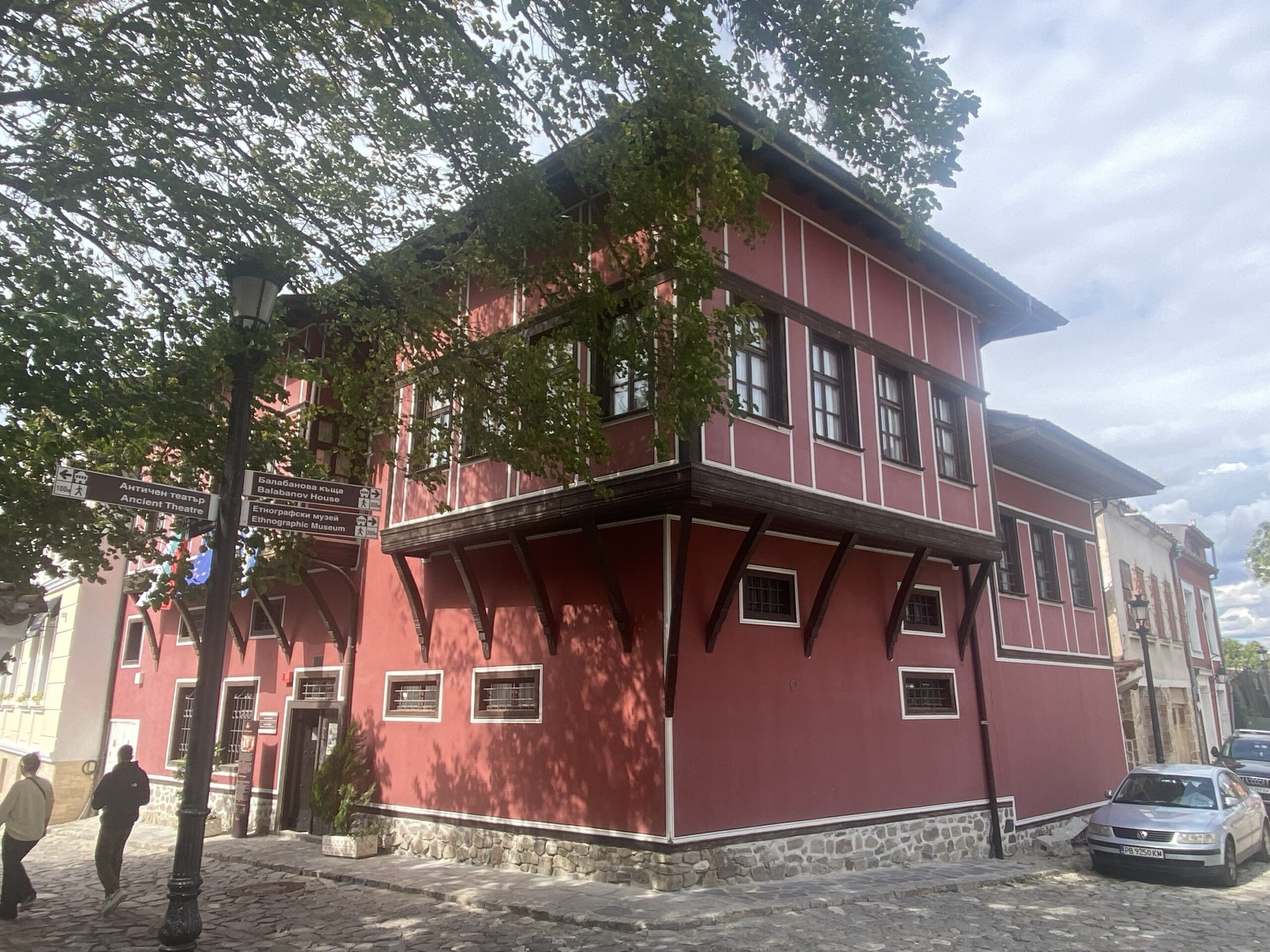
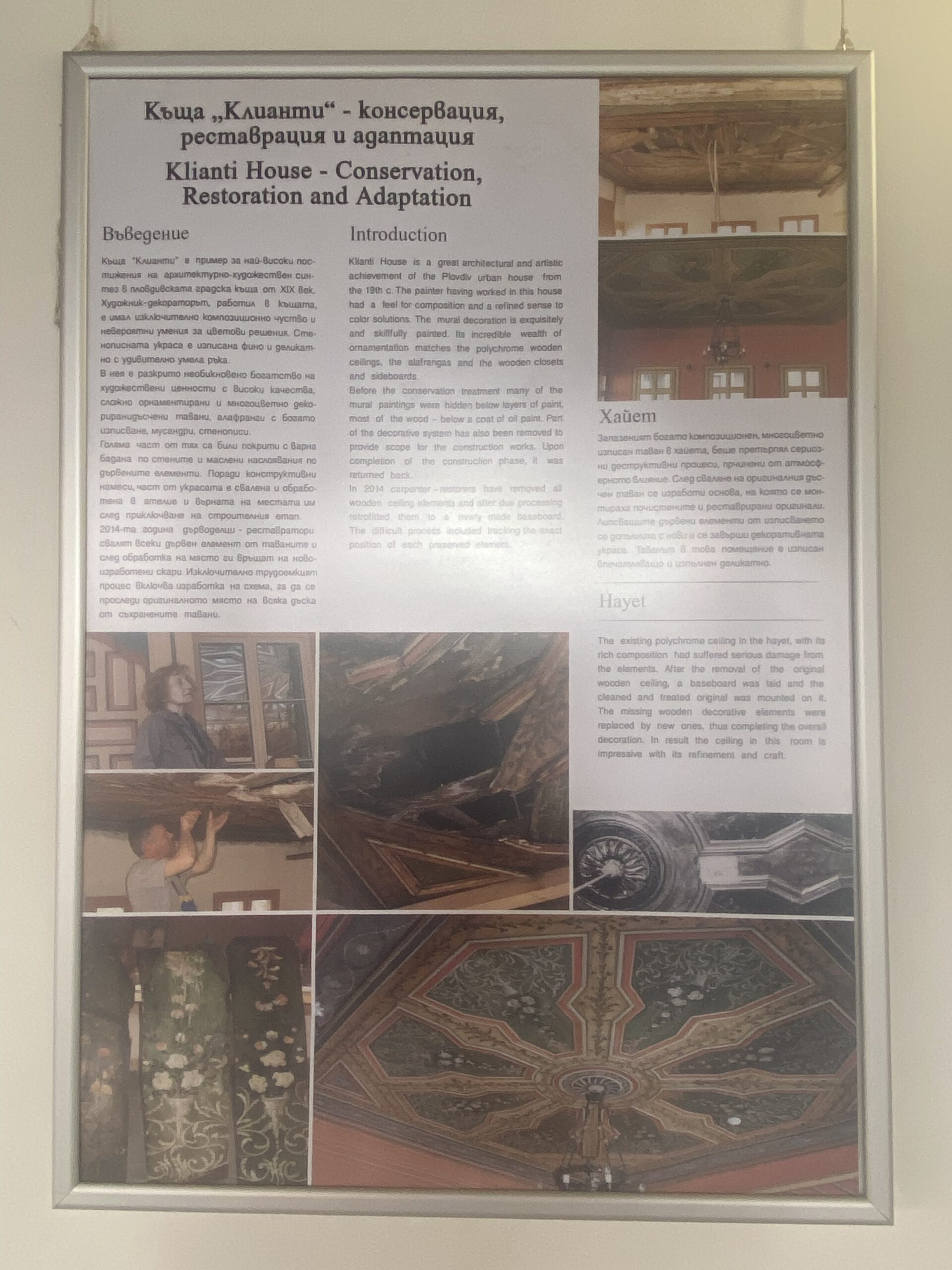
The Trap (Kapana District)
The Kapana District is known in English as as the Trap. It was one of the neighborhoods that benefited from the EU Capital of Culture, and specifically a side project called the Kapana Creative District. The entire neighborhood was pedestrianized and beautified, which transformed the area from a run down, sketchy neighborhood to one of the most popular areas in the city. The streets are now active, filled with cafes and restaurants, as well as trendy bars and clubs, gallery spaces and shops. The Trap now provides a link between Old Town and the more-modern Central District.
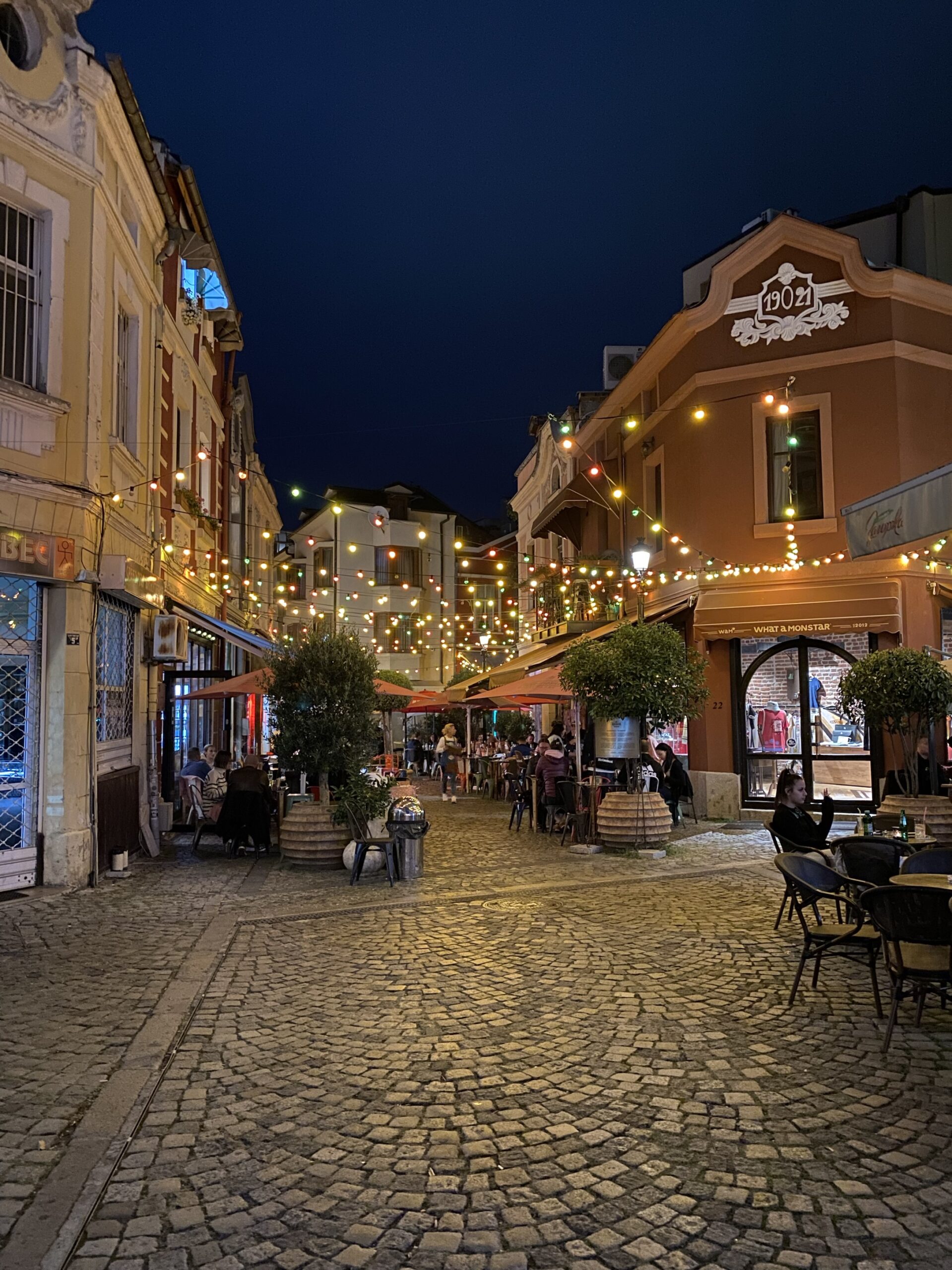
This part of town is artsy, funky, and cafe tables spill out into the tiny “streets”. Here you can grab a beer, Turkish coffee, croissant, and basically anything you want! One of my favorites was the abundance of vibrant art on doors, buildings, and any other surface, really.
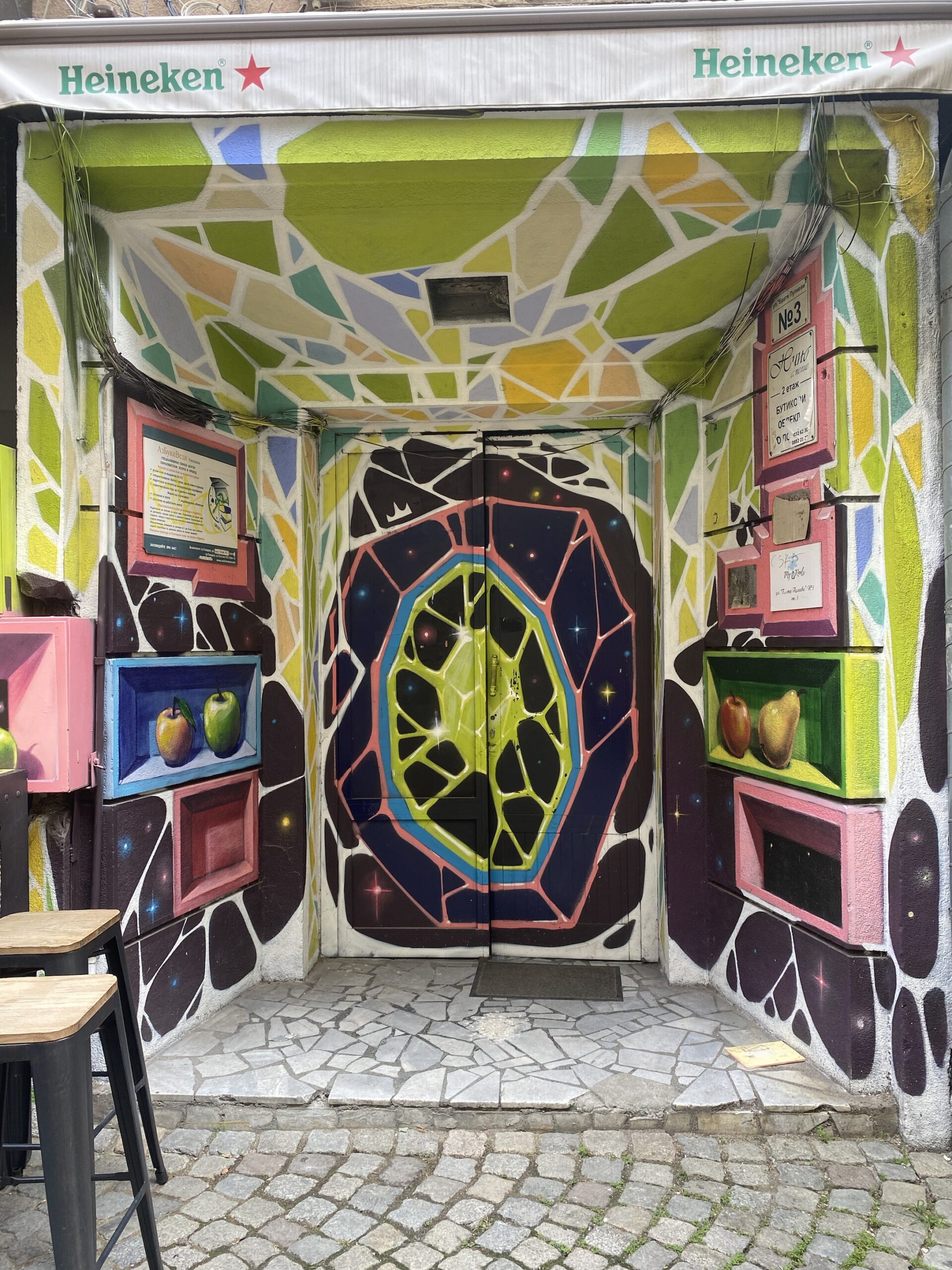
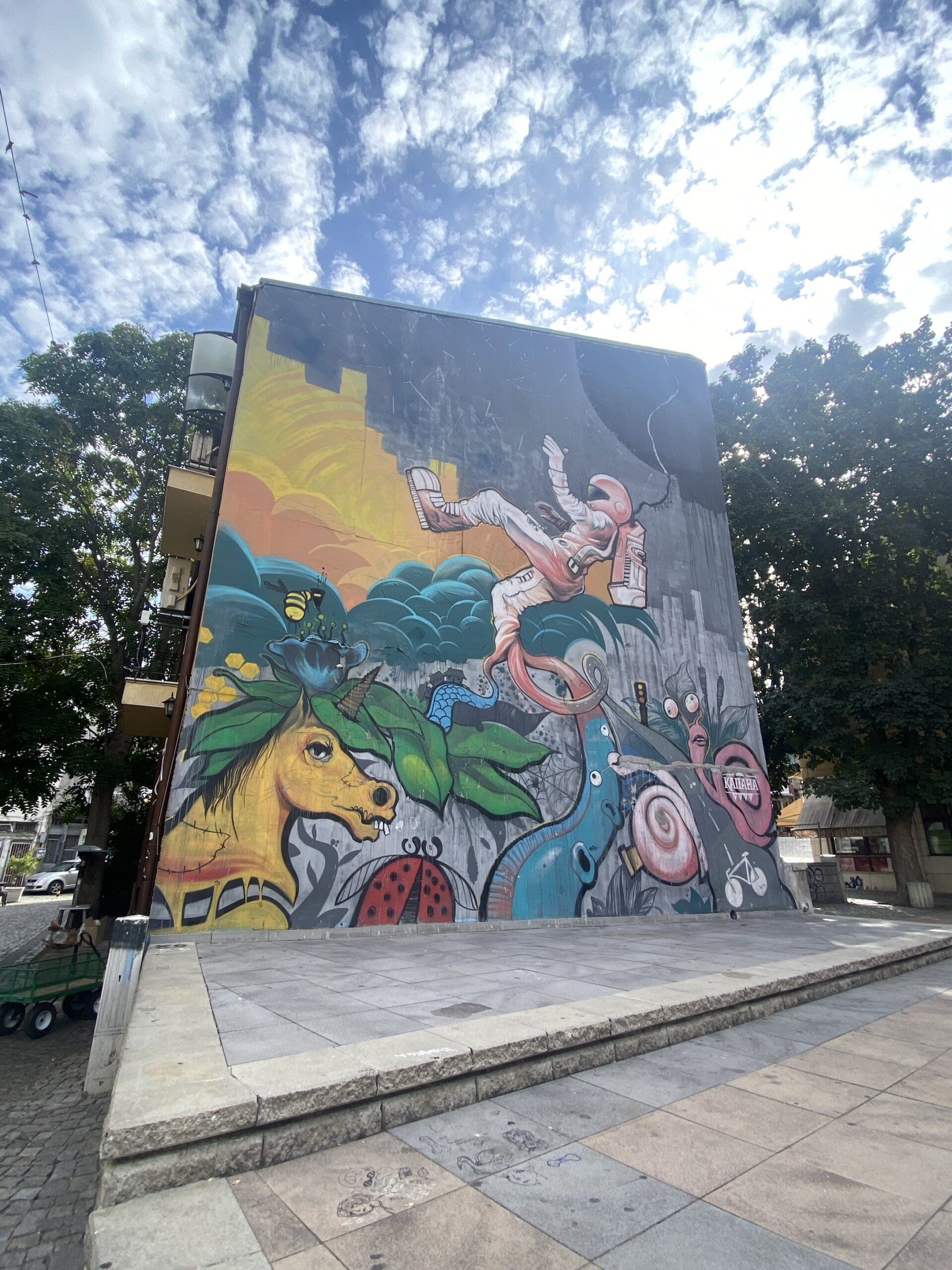
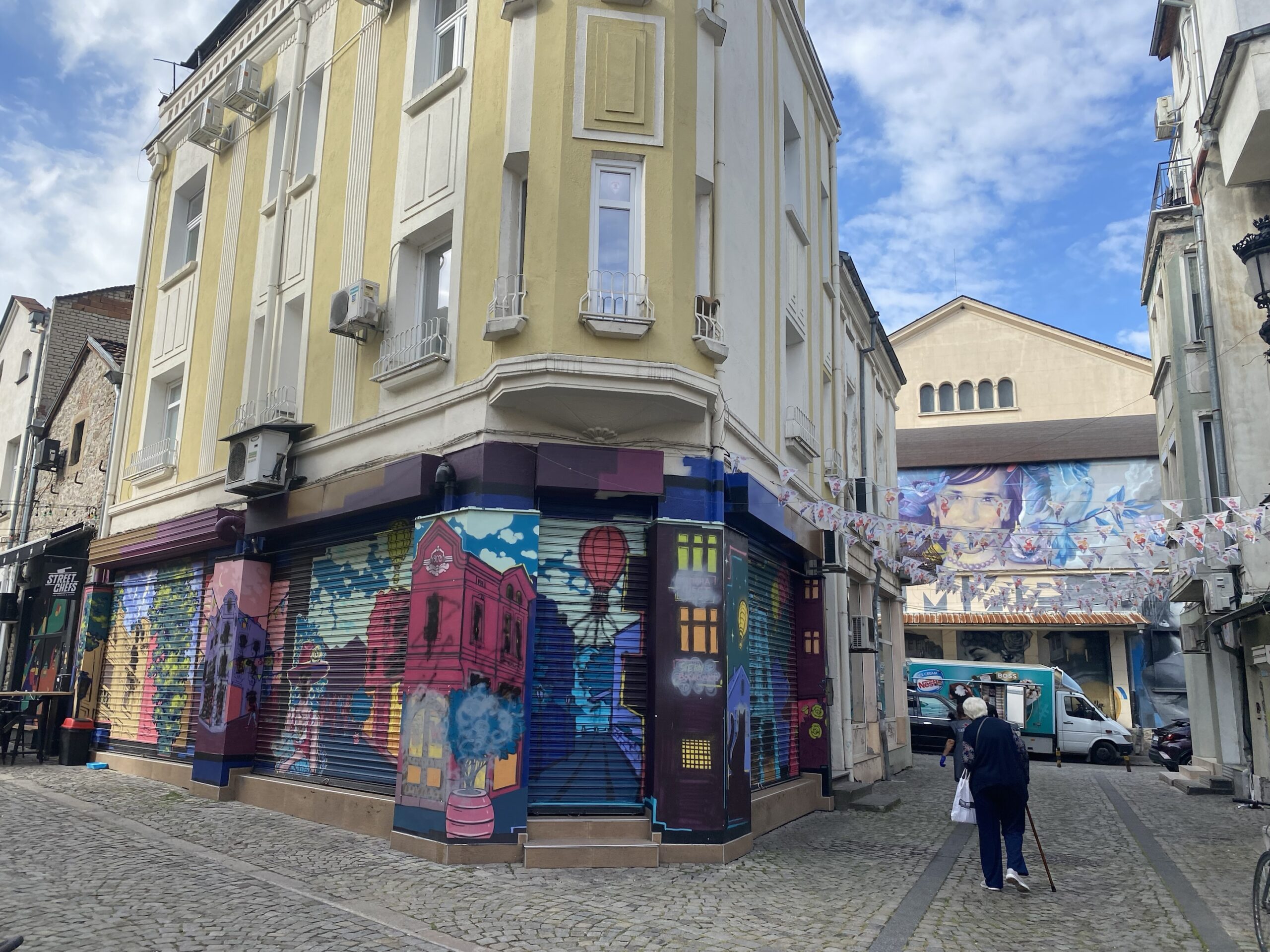
The west part of the Trap is near the Dzhumaya Mosque, which was built in 1435 during the Ottoman rule and is still an active mosque and important religious site for the city.
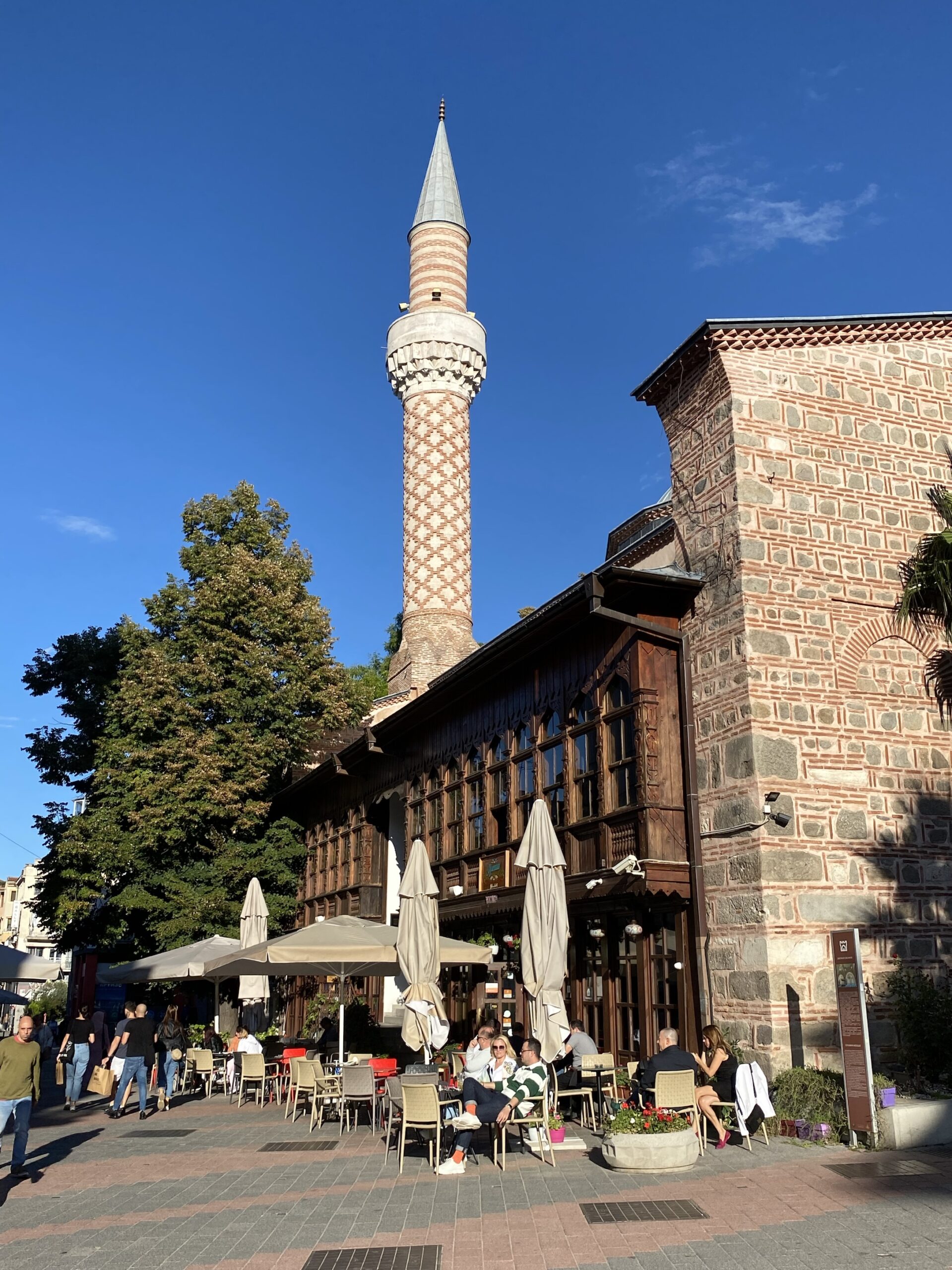
Roman ruins
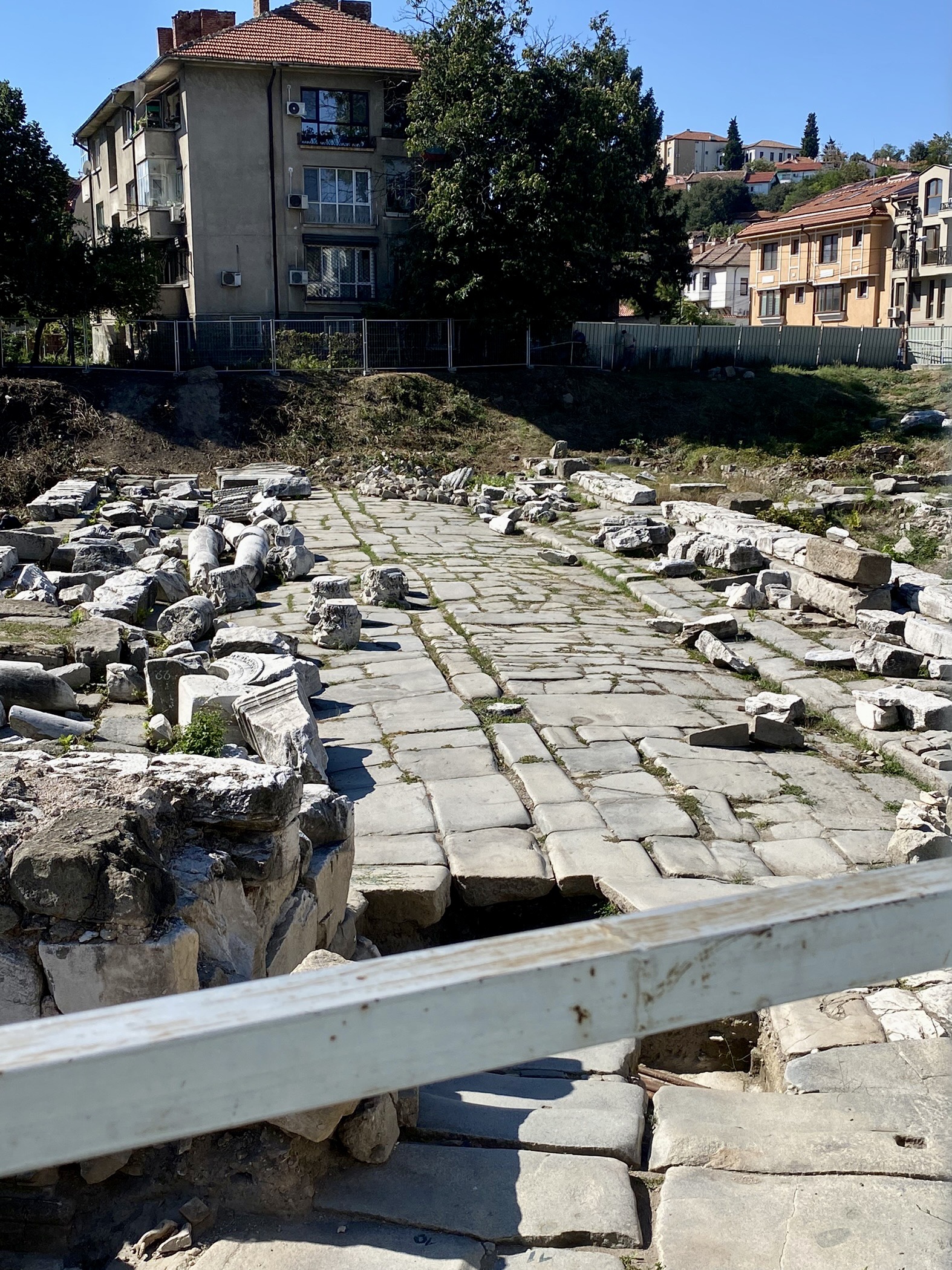
Though originally a Thracian settlement, the Romans built quite a city. There are many structures and roads that have been uncovered in the last few decades that are easily accessible around the city. Some of the ruins have free access and others you have to pay for.
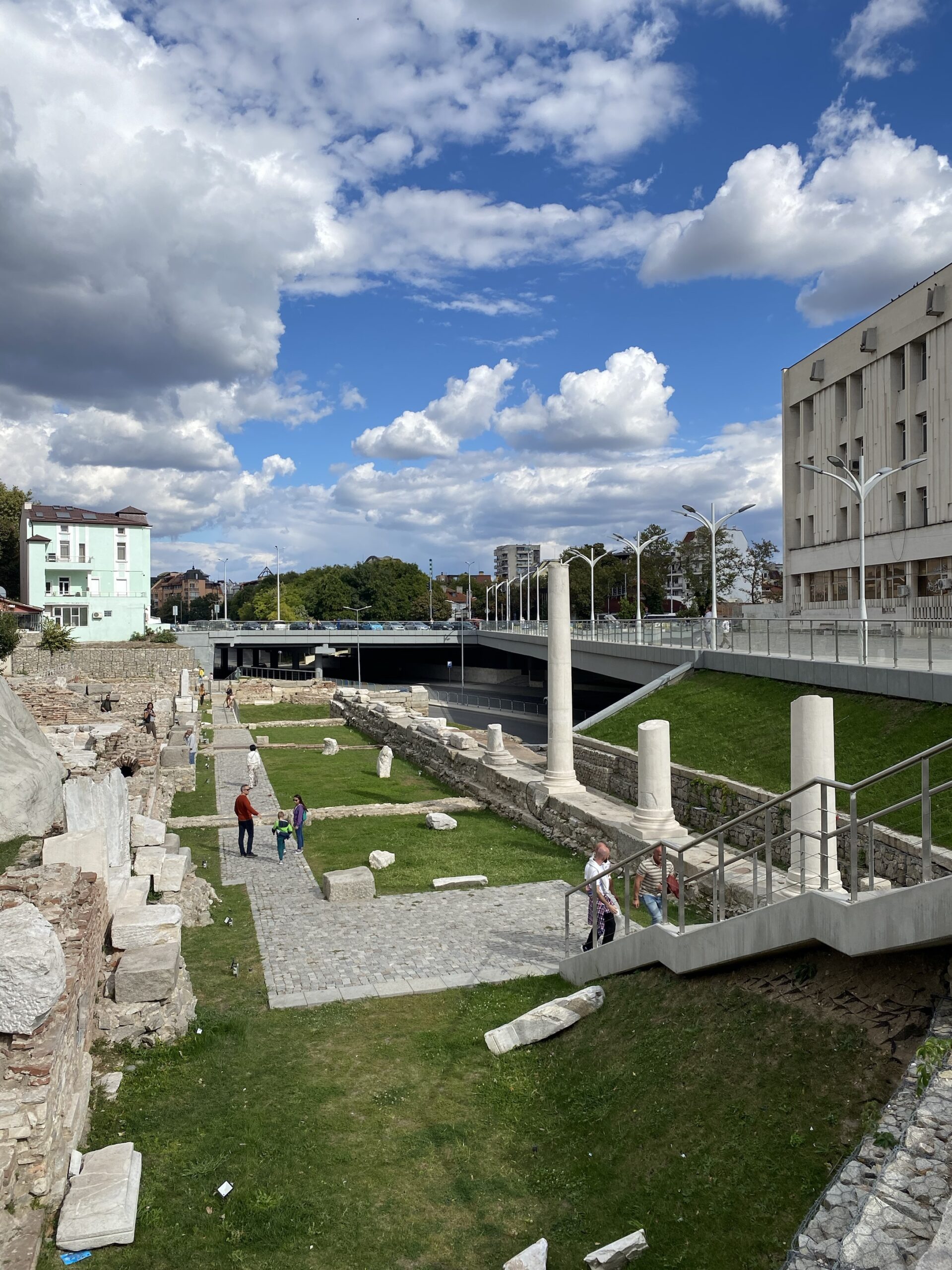

Most of the historic sites and museums are managed by Ancient Plovdiv. Tickets are reasonably priced for sites, and you can buy an old town multi-ticket for around $8/person, which provides access to your choice of five sites. Certain other sites (museums and the Basilicas) are not included but are also reasonably priced.
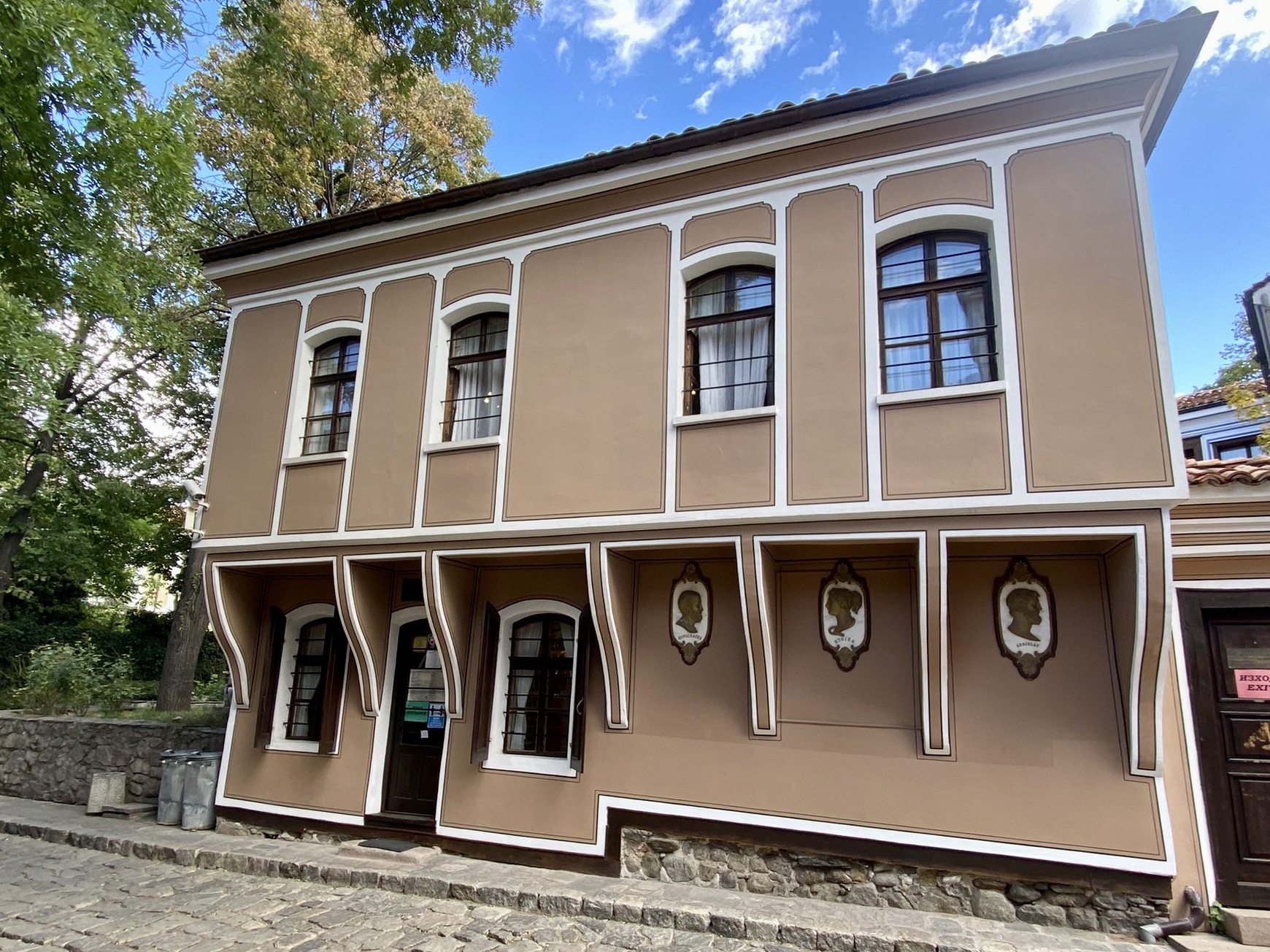
Throughout the days we toured an arena, forum, library, roads, stadium, and several old churches. I’ve visited many ruins around Europe, Israel, and Turkey. I was impressed by what Bulgaria has uncovered in Plovdiv!
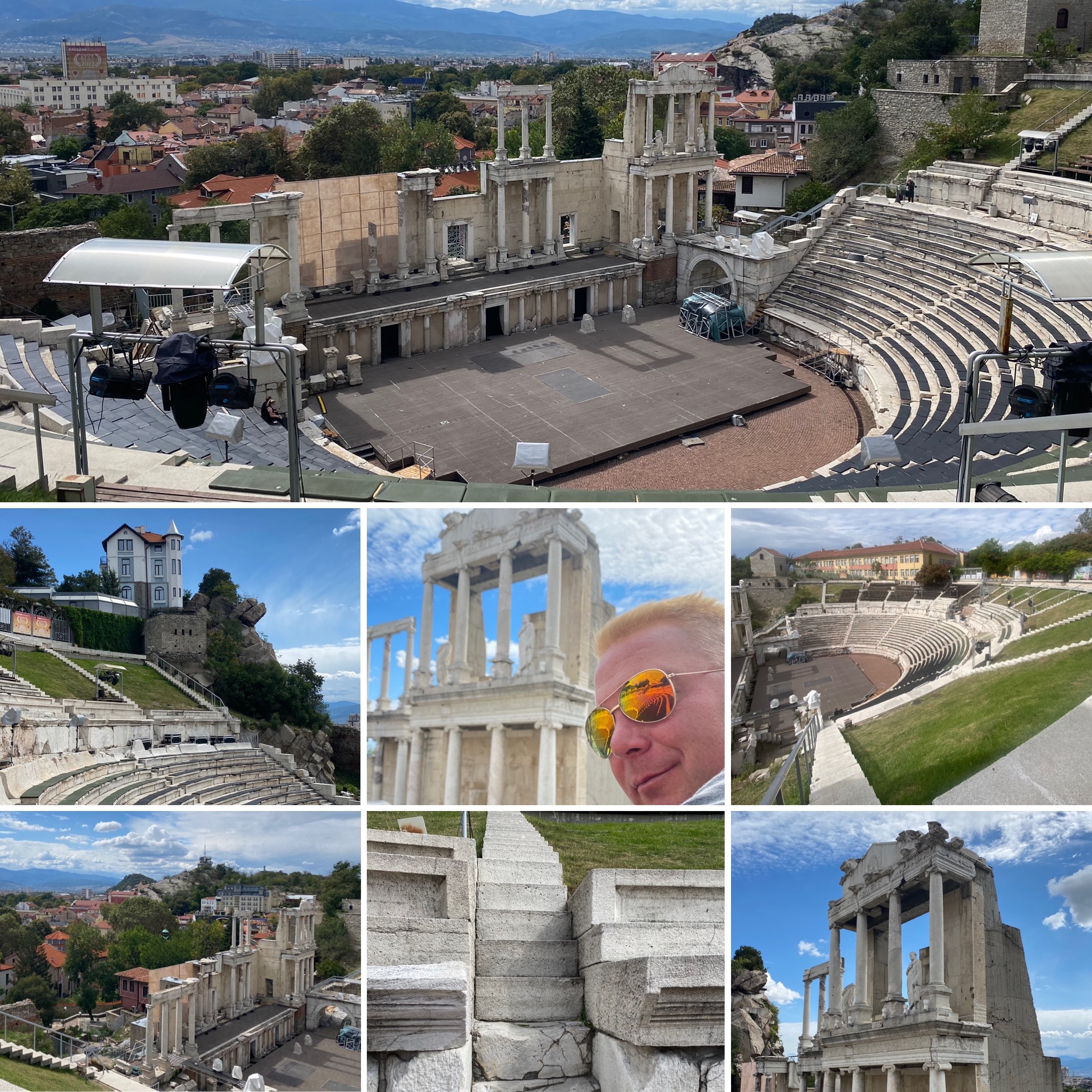
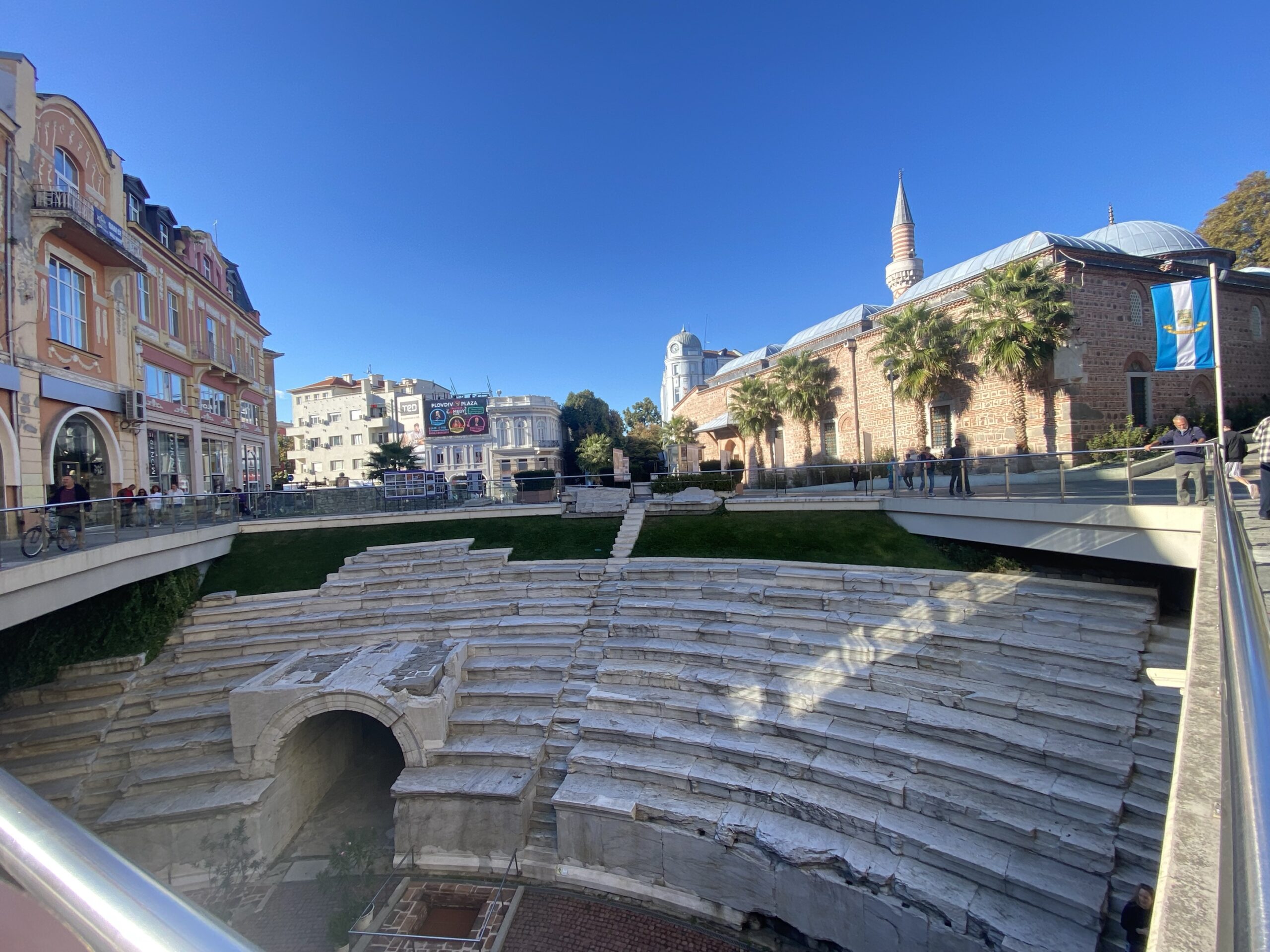
One of the most interesting ways I’ve ever viewed ancient ruins was through a clothing store! Here’s the video on that experience.
Another ancient highlight was a tour of the The Bishop`s Basilica, which contains two layers of preserved floor mosaics installed between the 4th through 6th Centuries. We spent hours admiring the beautiful patterns and also learning about the history of the area through the modern and practically new museum. This is a separate entrance ticket of $8/person, but was well worth it.
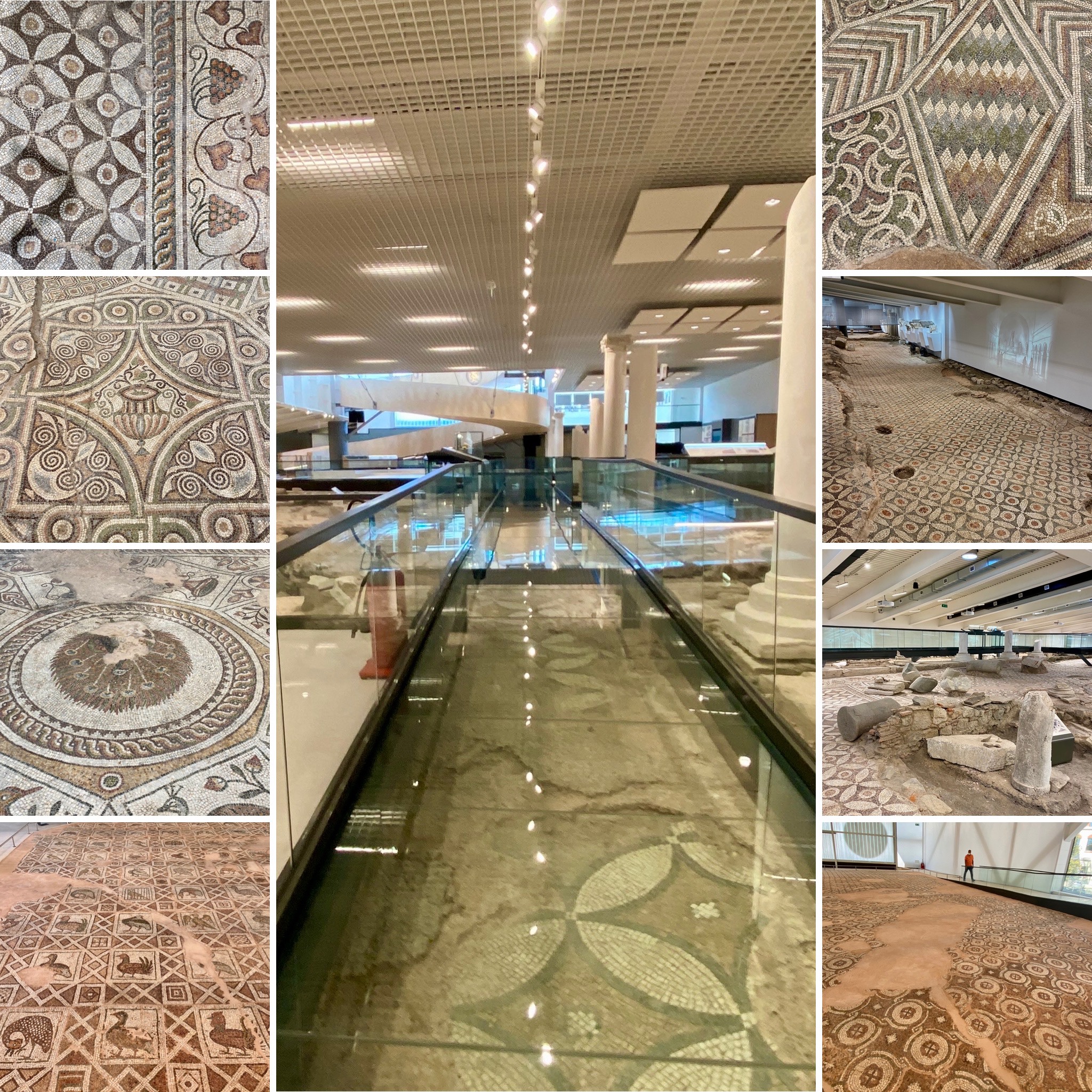
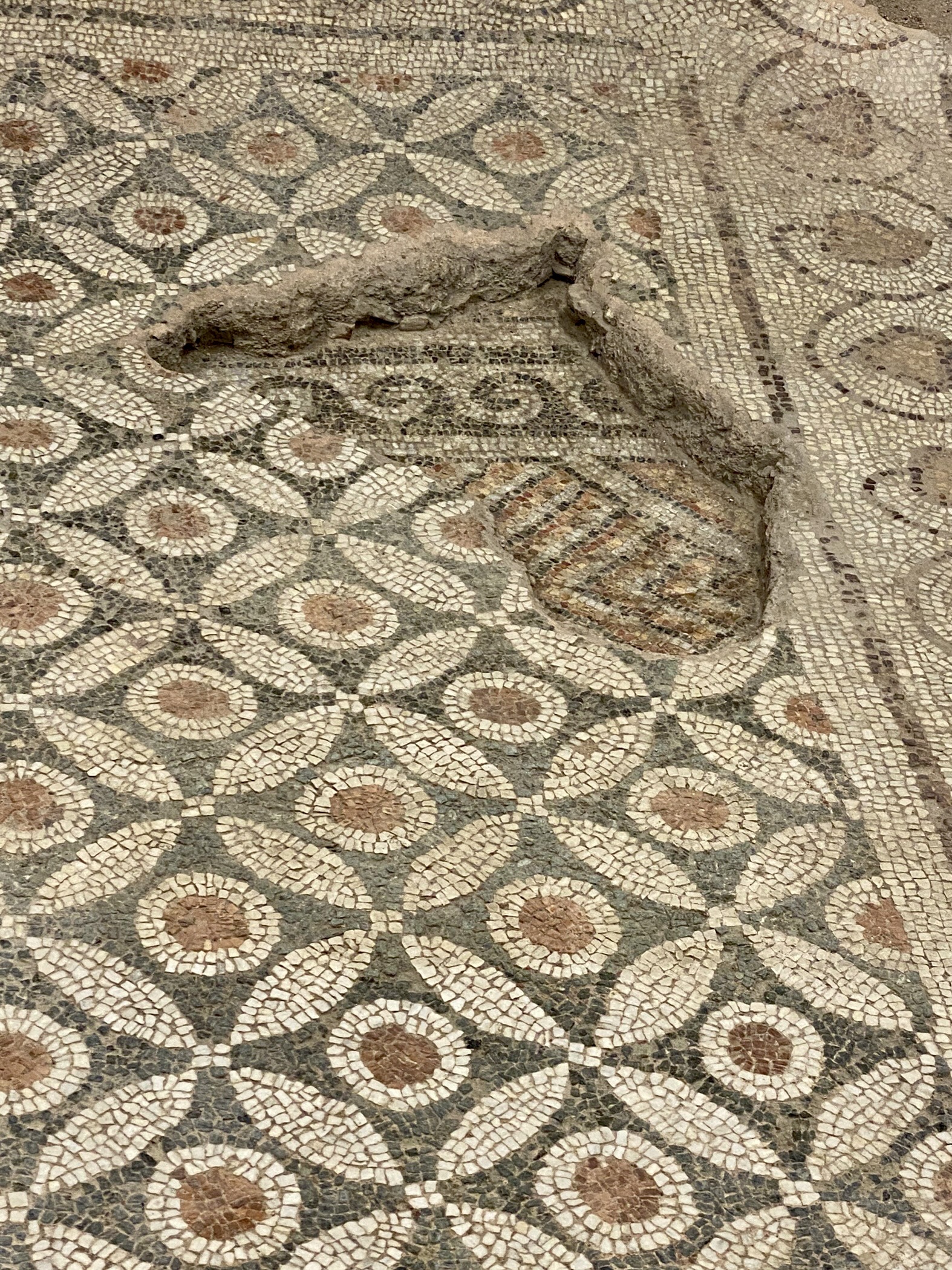
The views
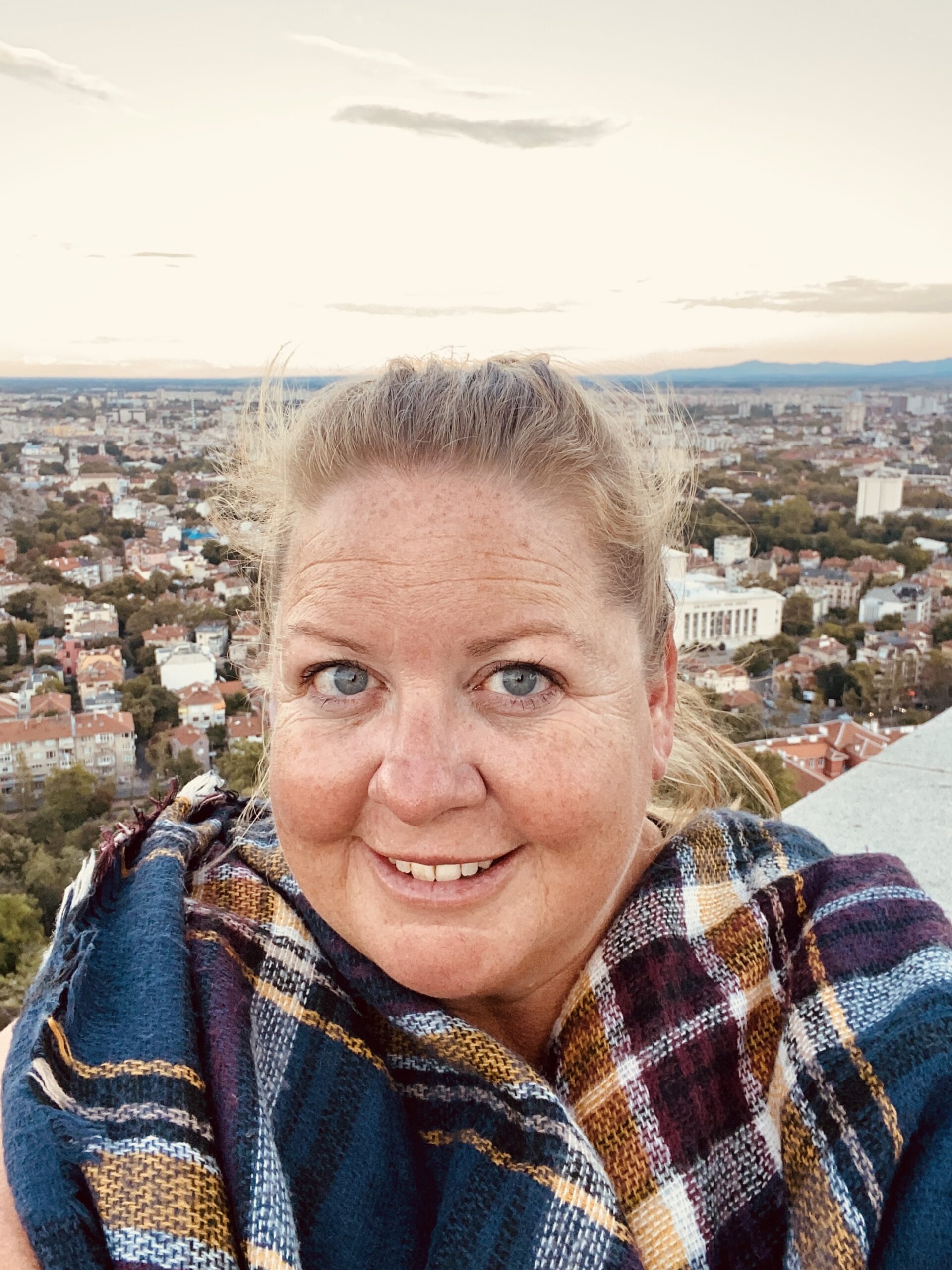
Like Rome before it, Plovdiv was known as a city of seven hills. And like Seattle, one of the seven hills has since been regraded (for Plovdiv, it was quarried in the 1930’s to acquire paving stones for the city). Three of the hills are fairly close to each other in the center of town.
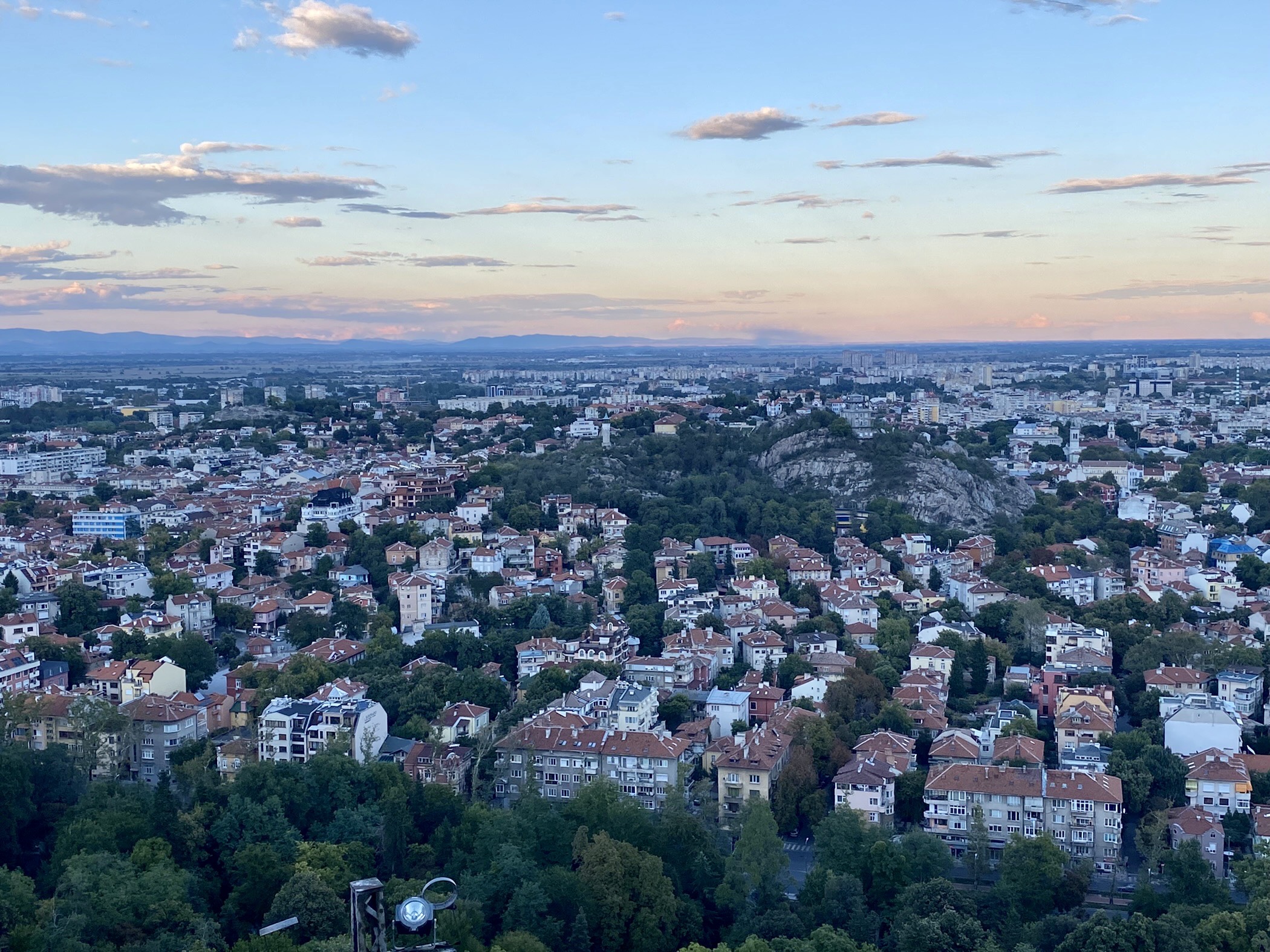
We hiked up the Hill of the Liberators for sunset views.
At the top is a large and impressive statue dedicated to the Soviet Red Army, among other monuments.
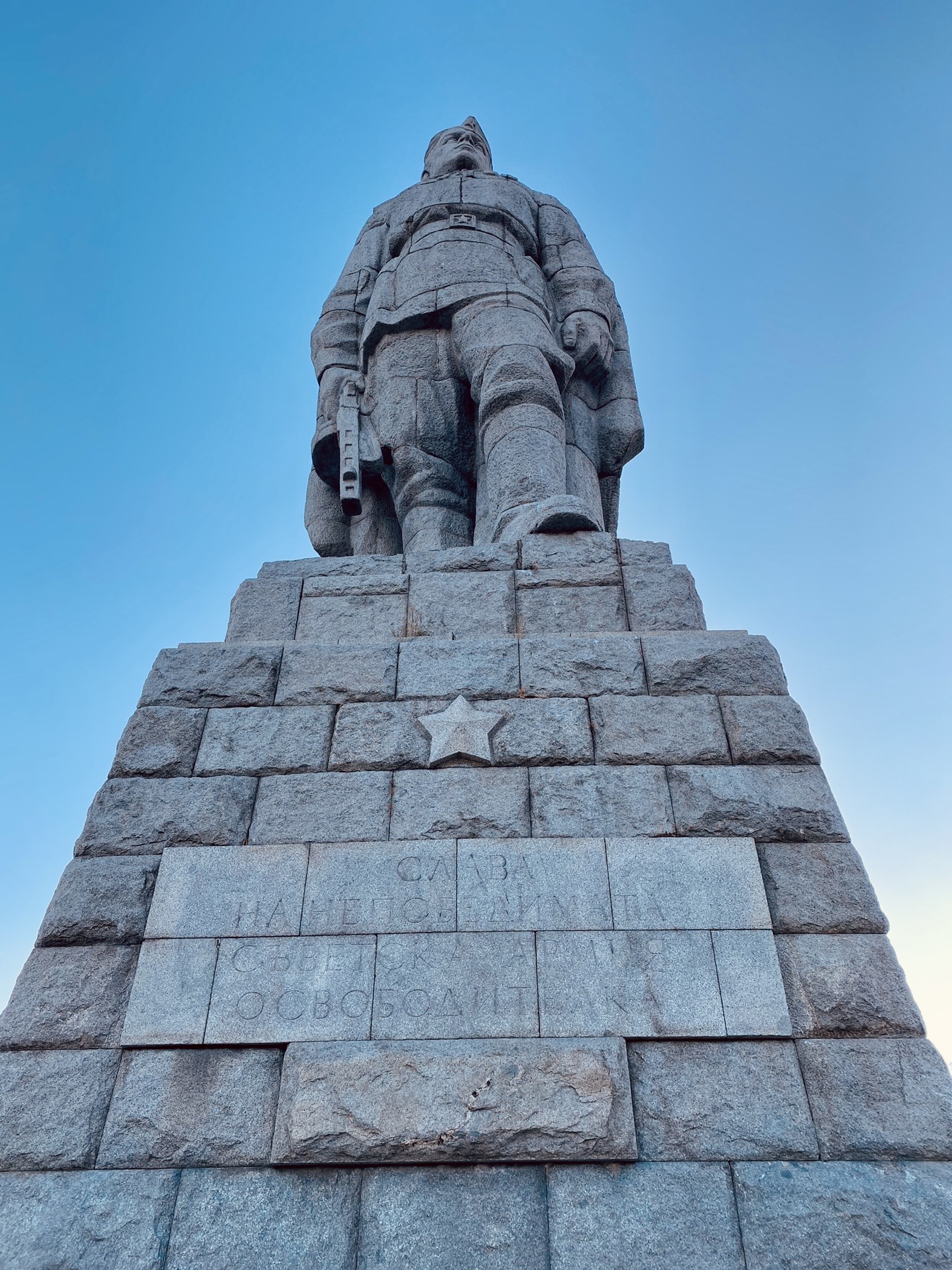
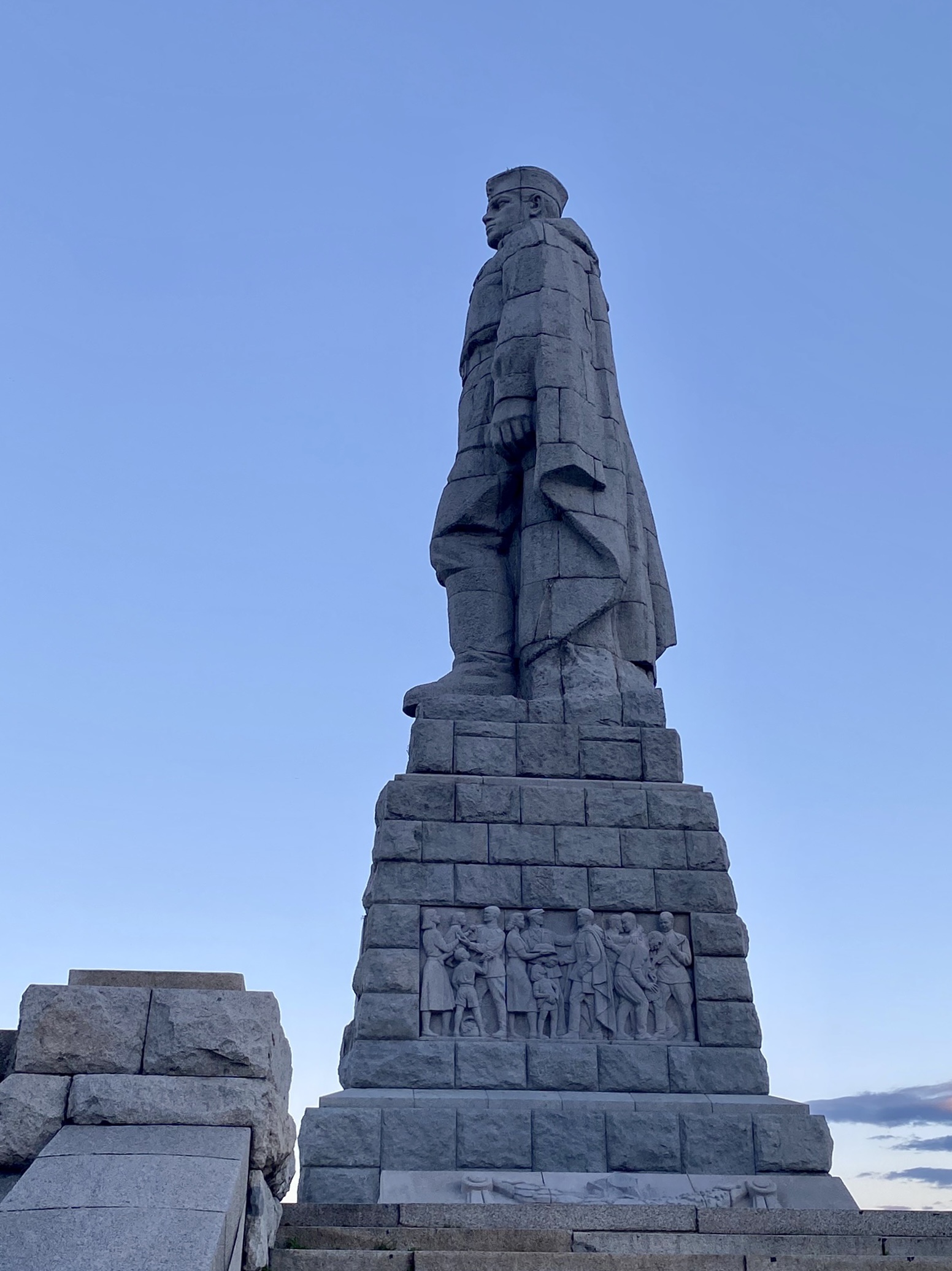
The dark clouds hid most of the sunset colors but it was still pretty and I loved seeing a birds-eye view of all of the neighborhoods.
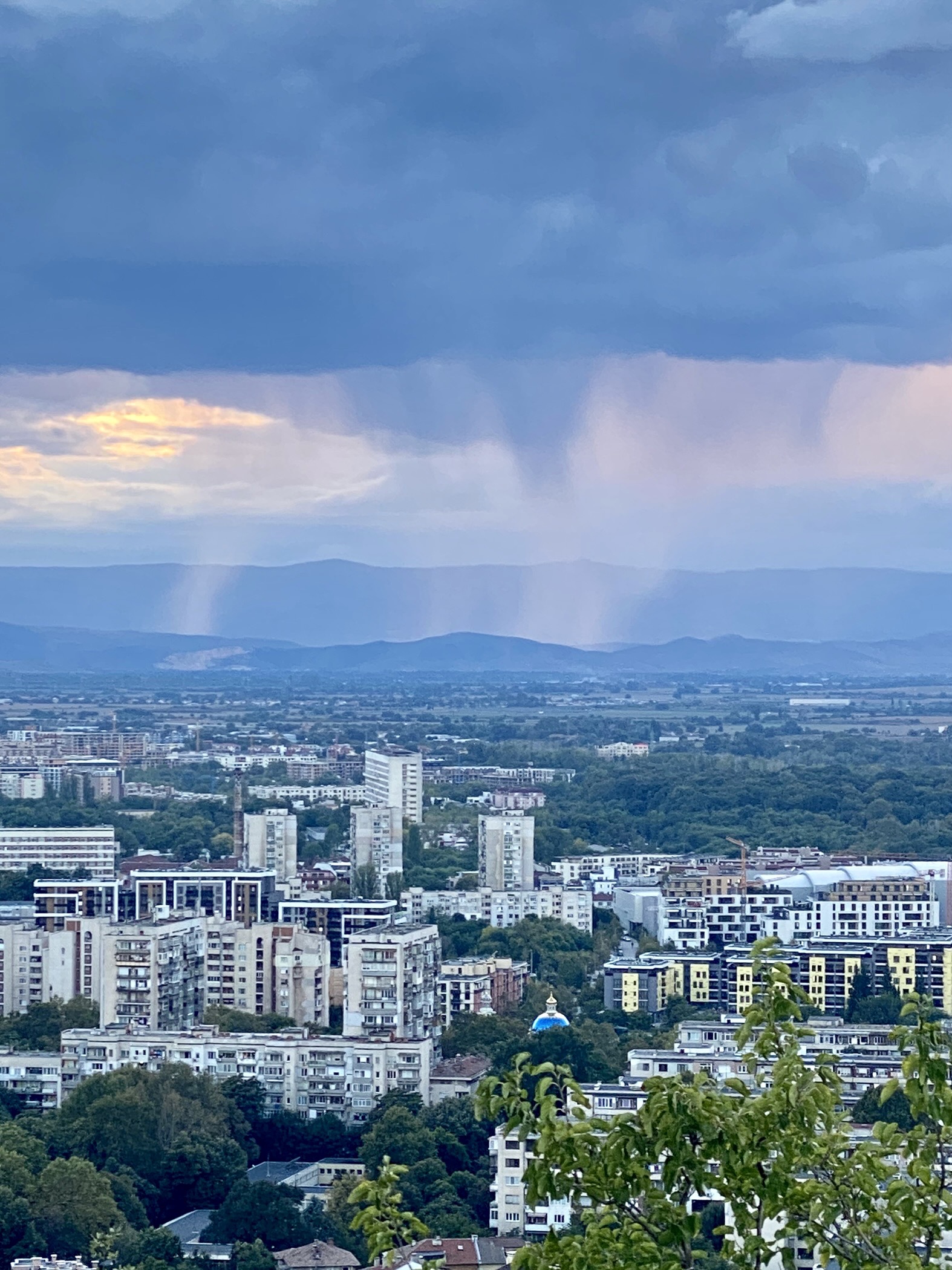
The food
The culinary highlight of the week was a restaurant called Tams House. We had a wonderful western meal in the heart of The Trap.
As our time in Bulgaria was near the end, we also had a large Bulgarian meat platter at Restaurant Raia (which is different than a bar in The Trap also called Raia!). It was a huge plater! The restaurant may have thought we were celebrating a birthday as the platter came out with a sparkler and they played Happy Birthday, in English!
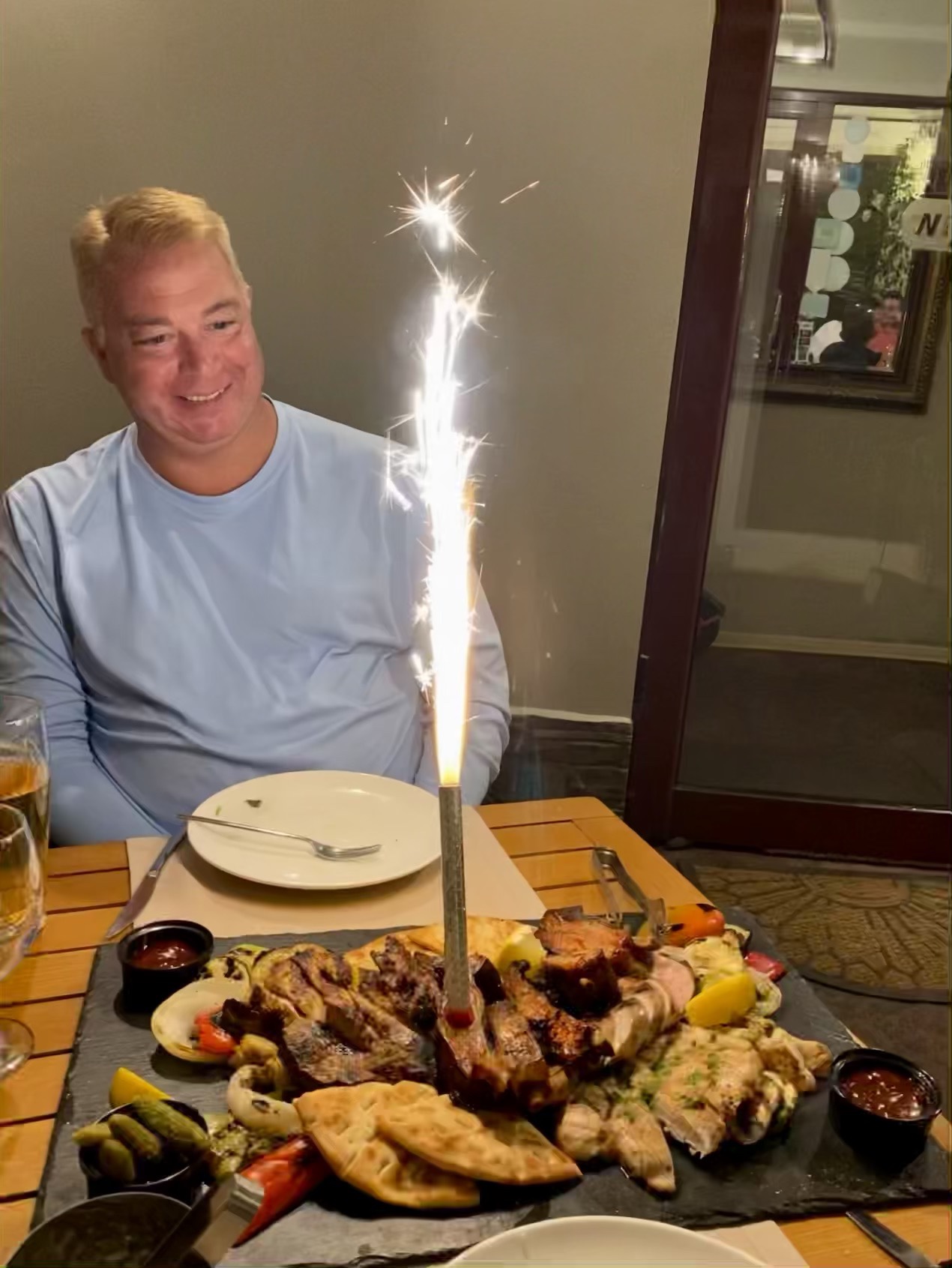
Fun photos to share!
